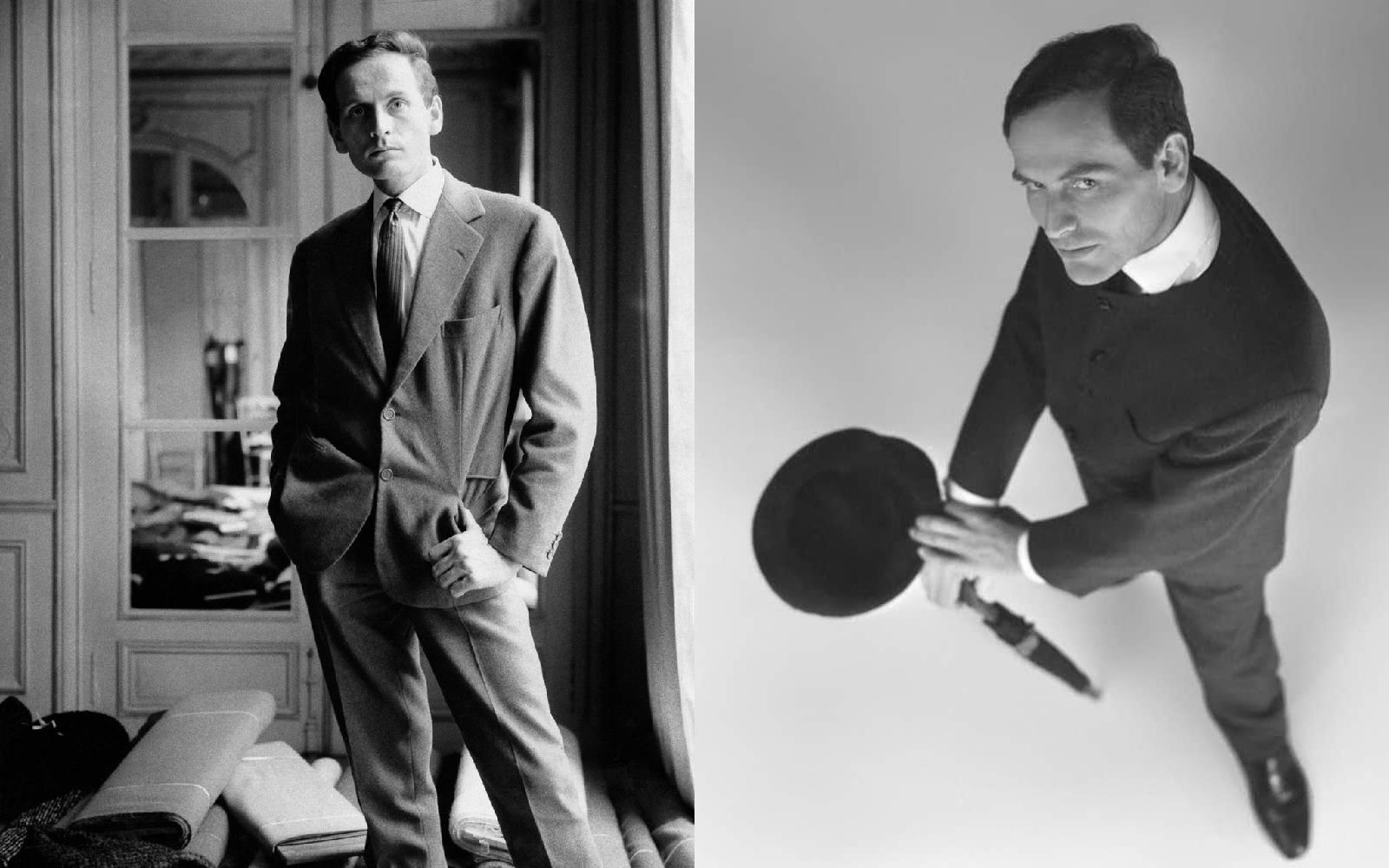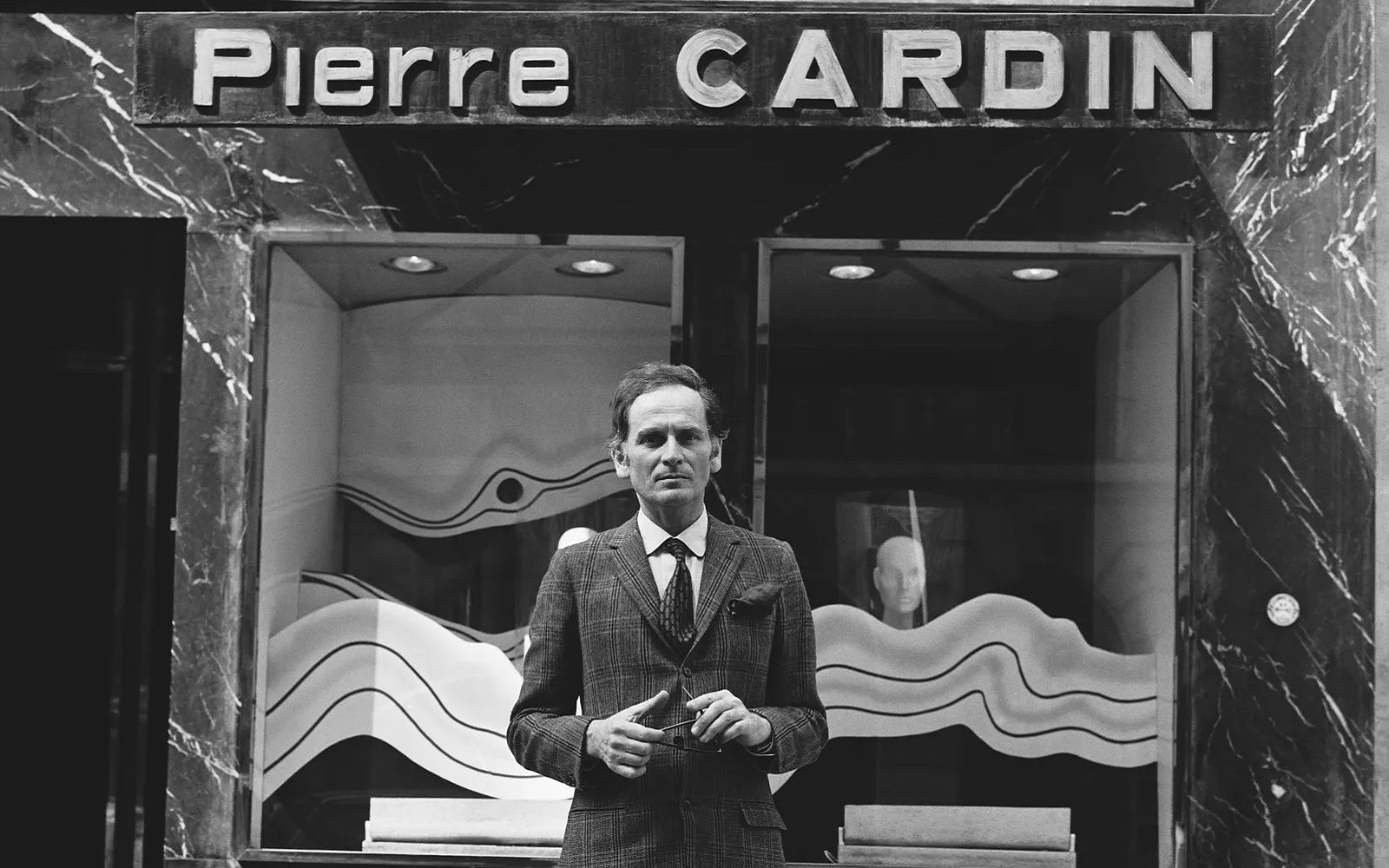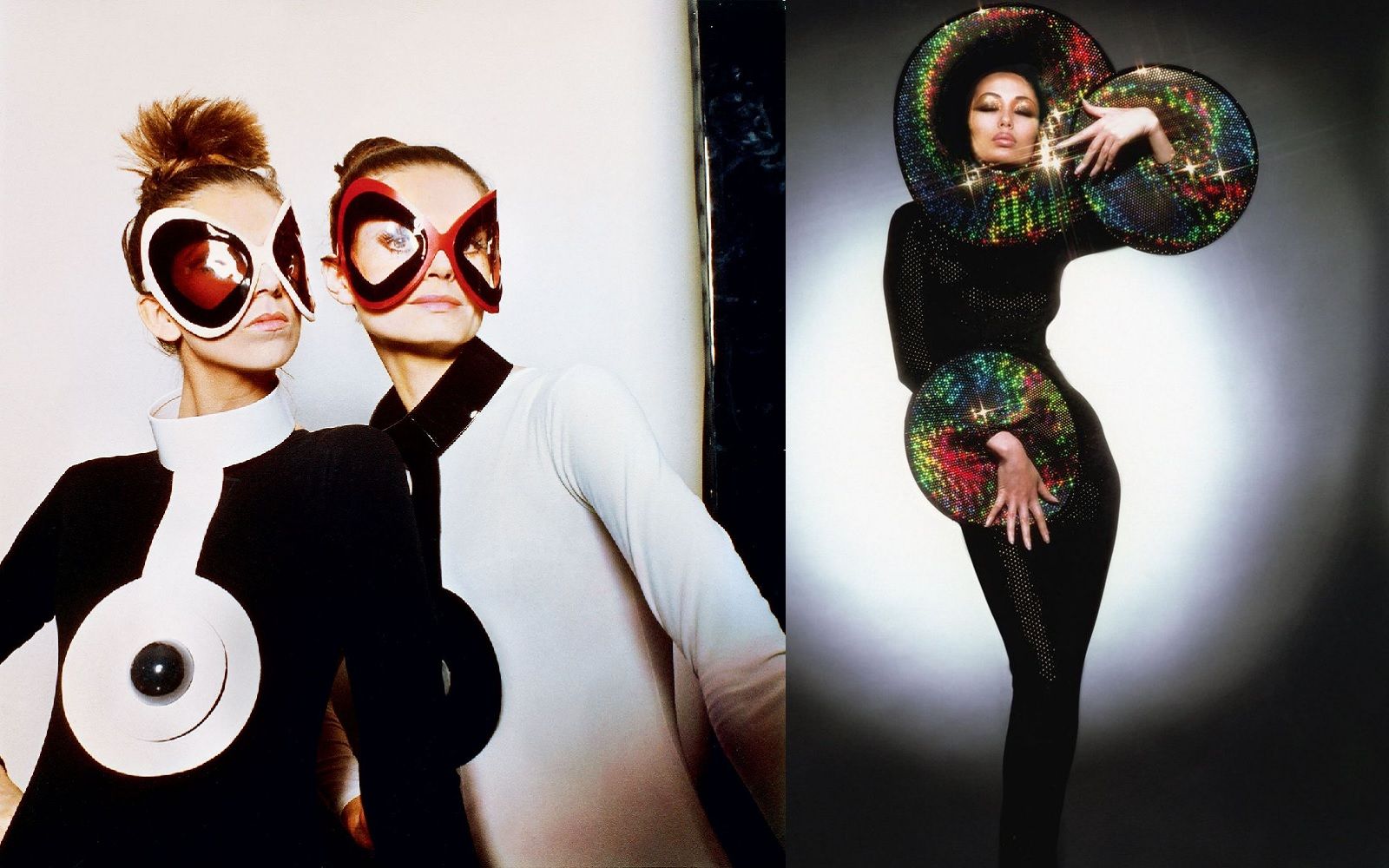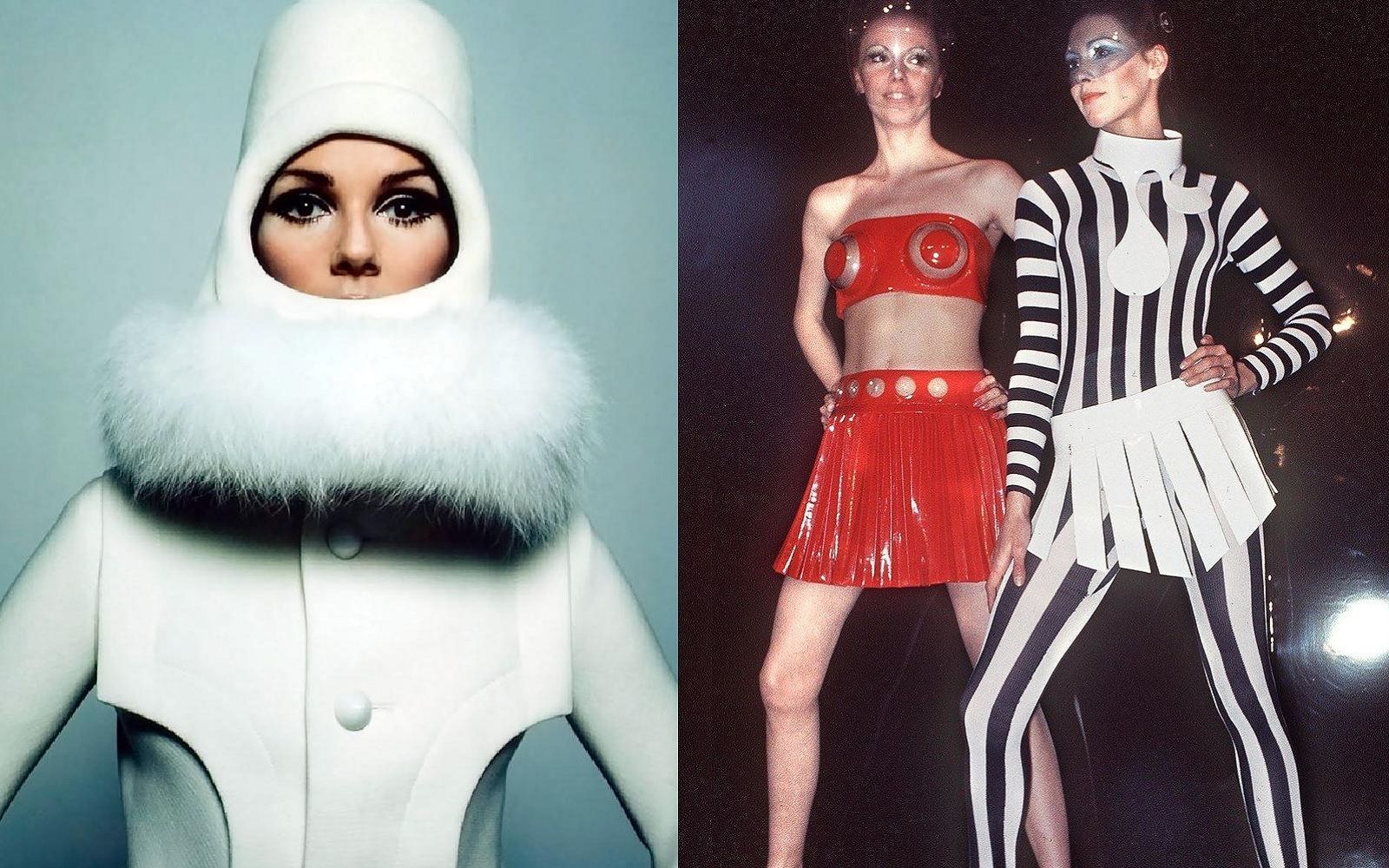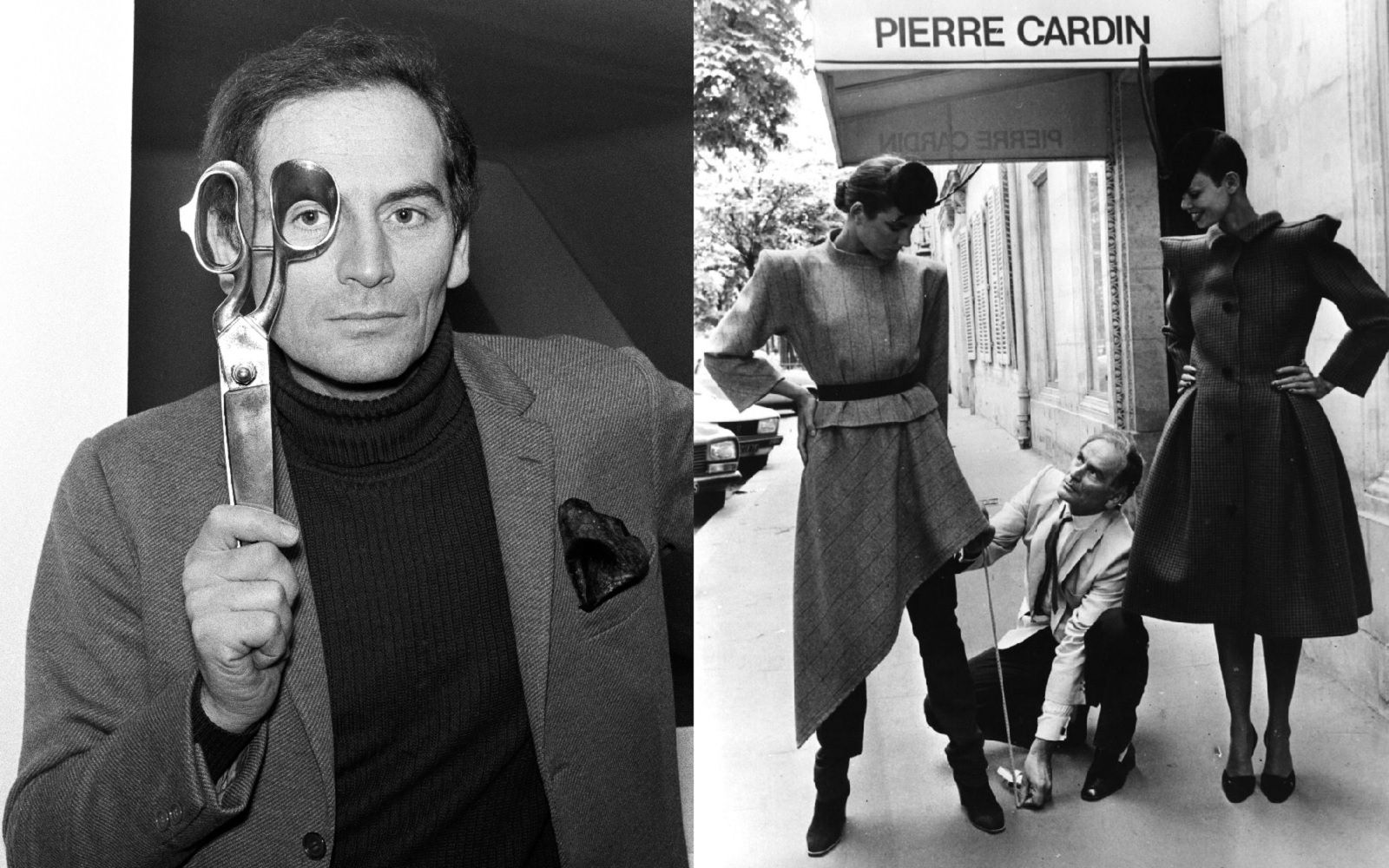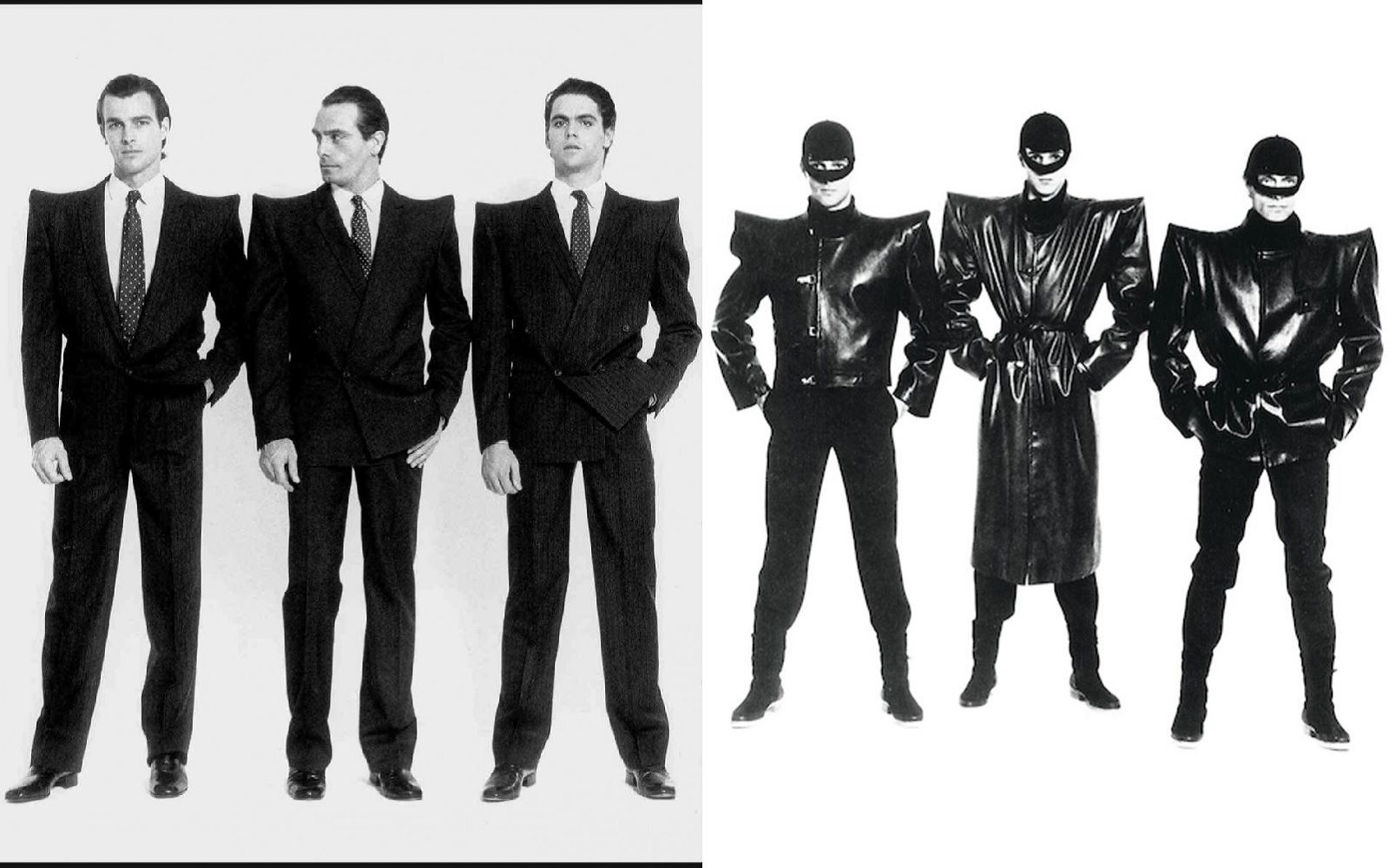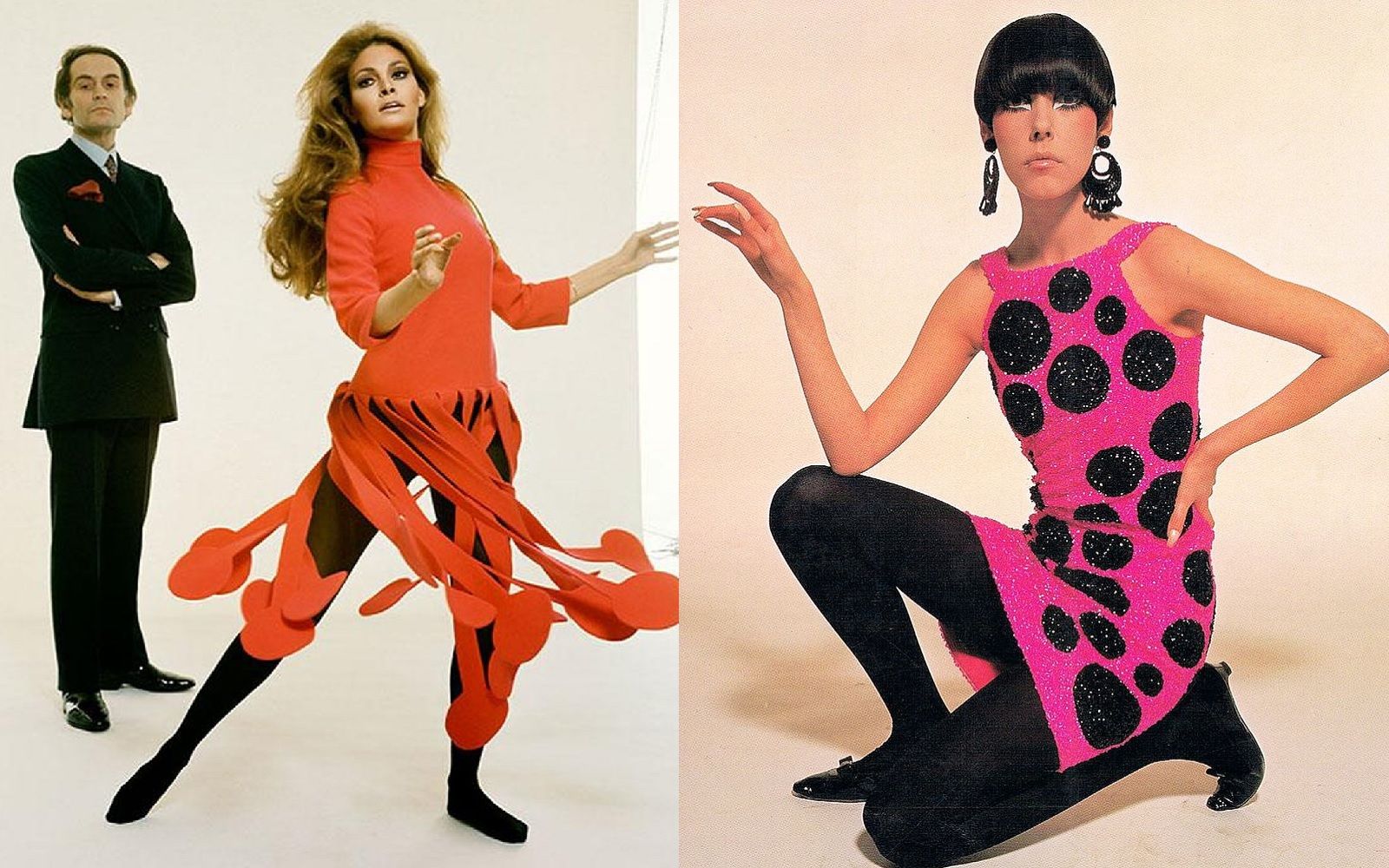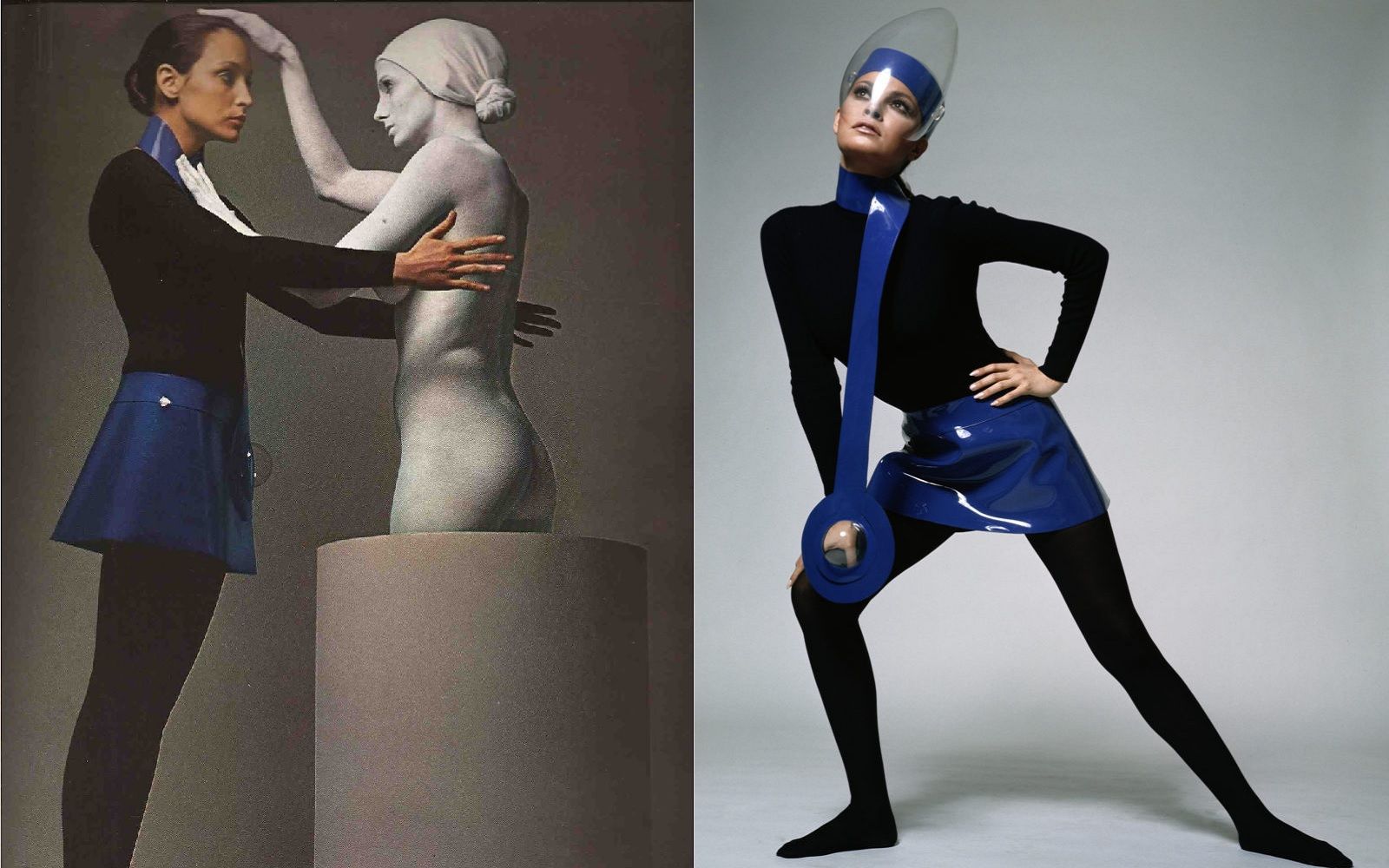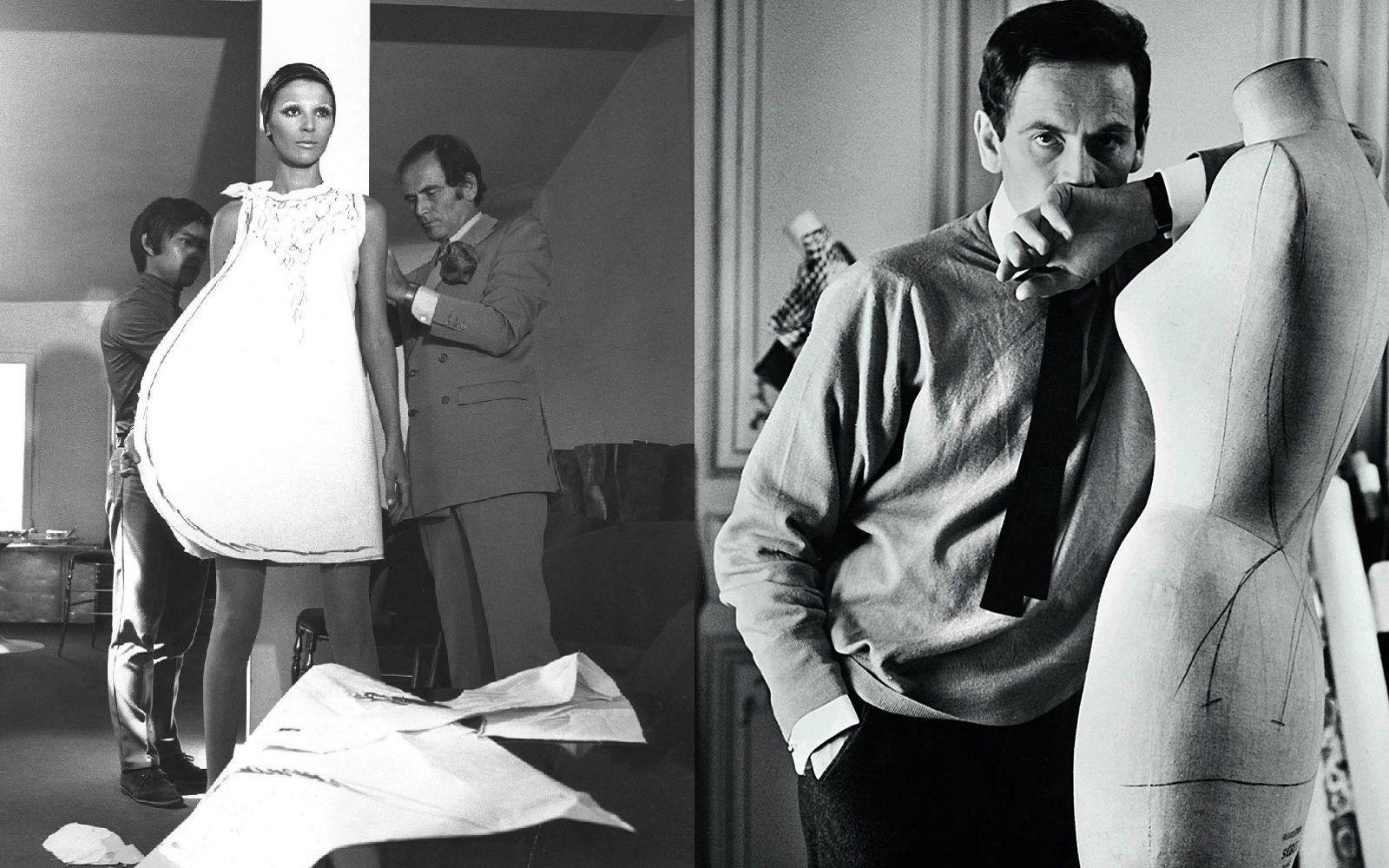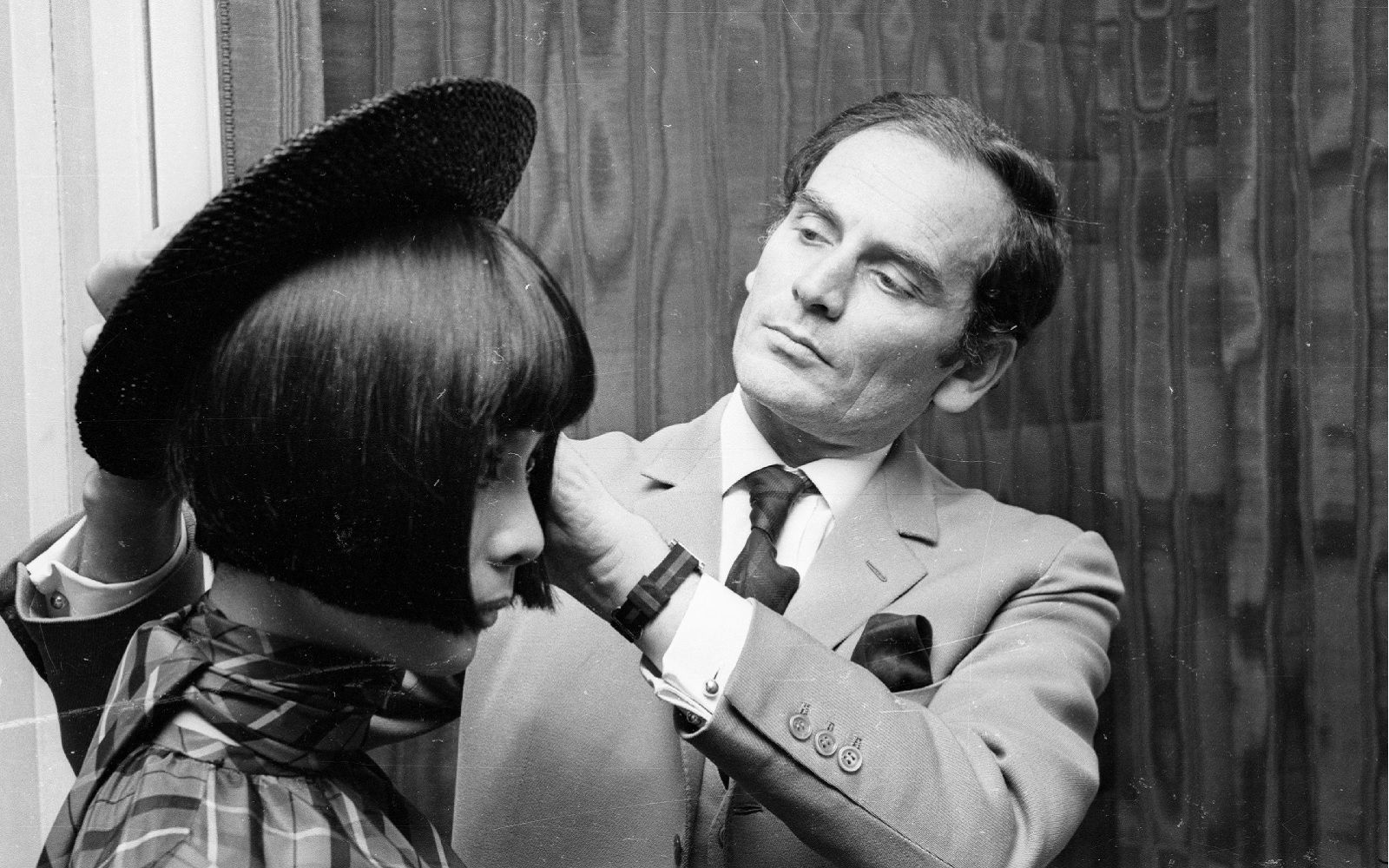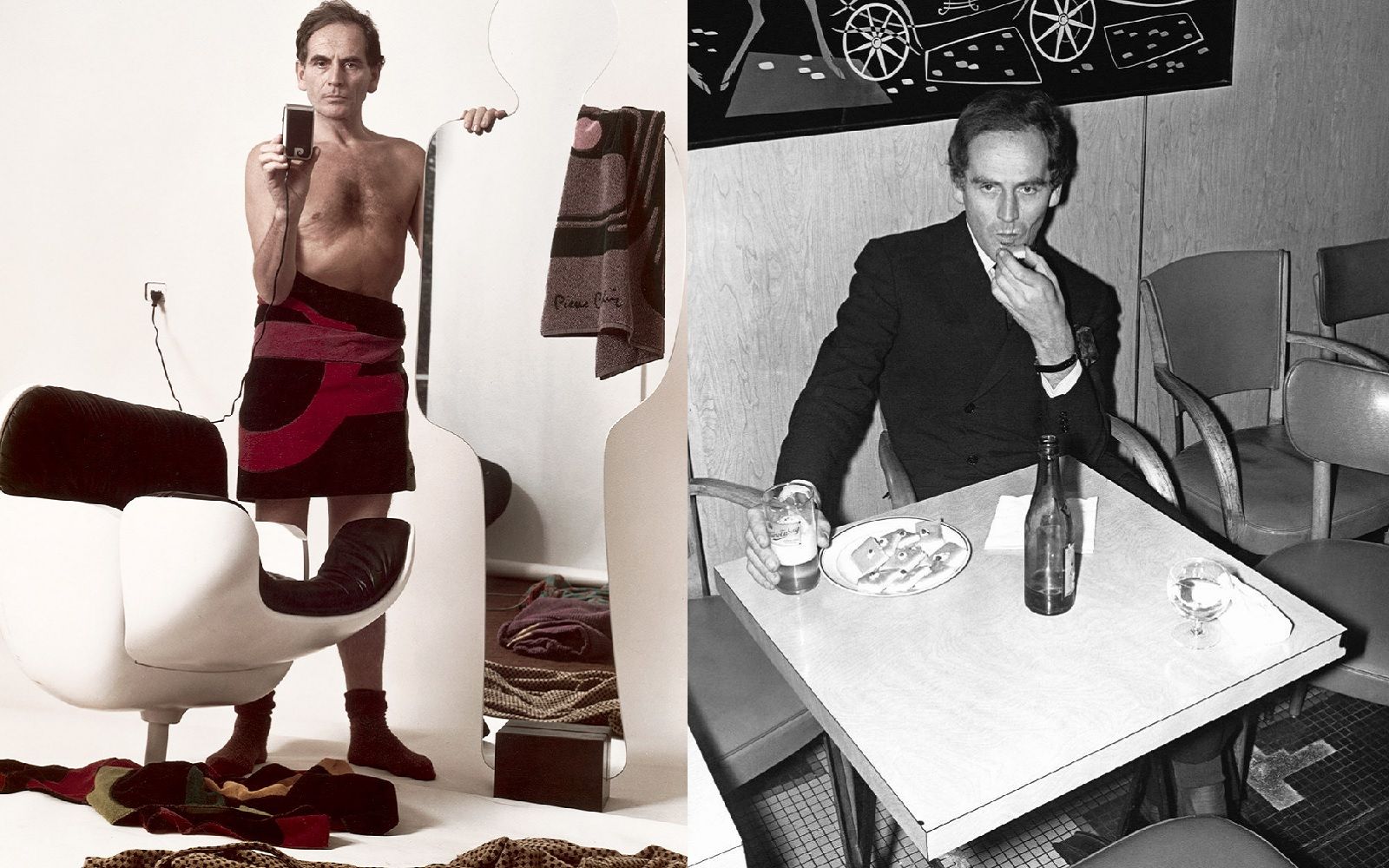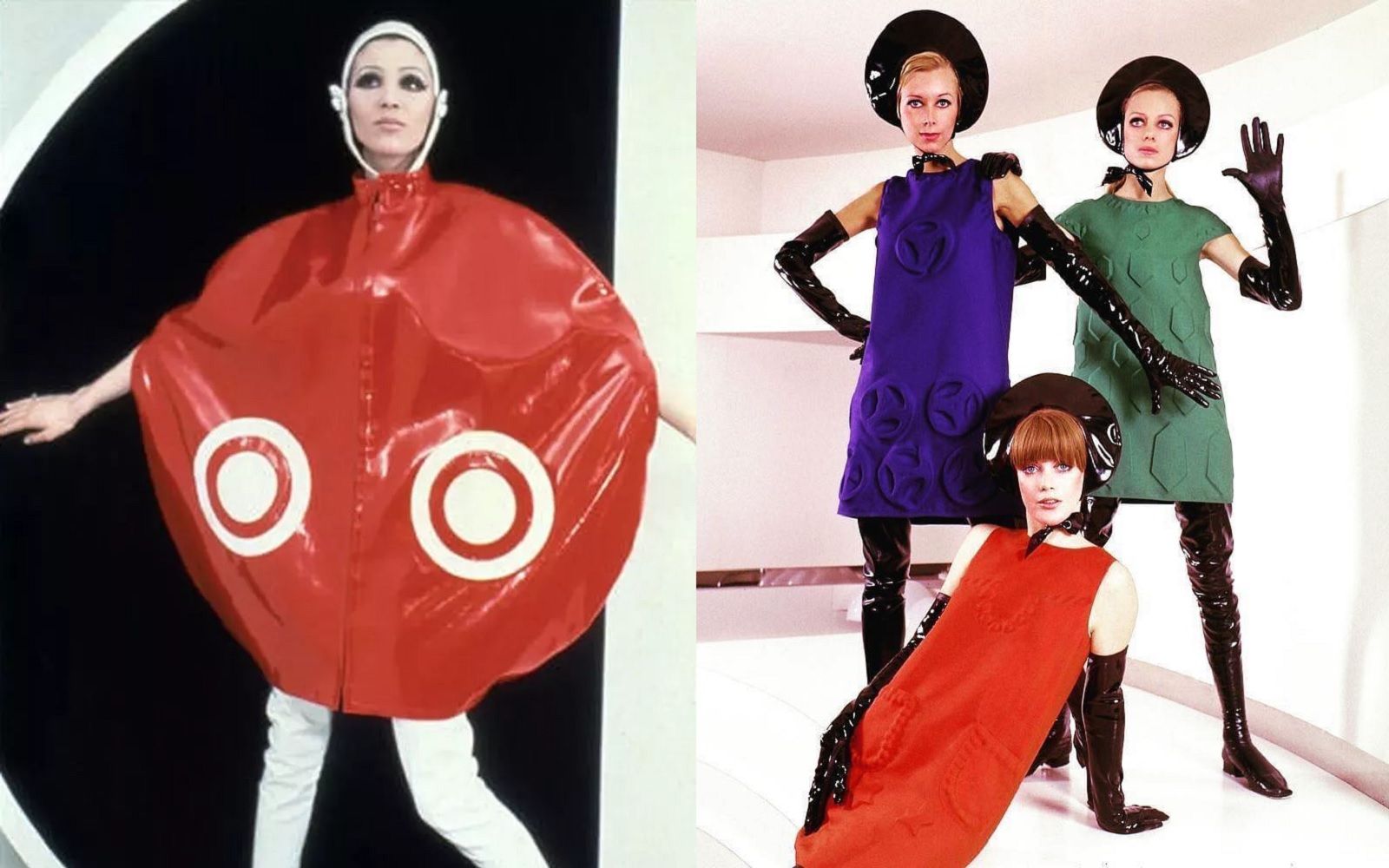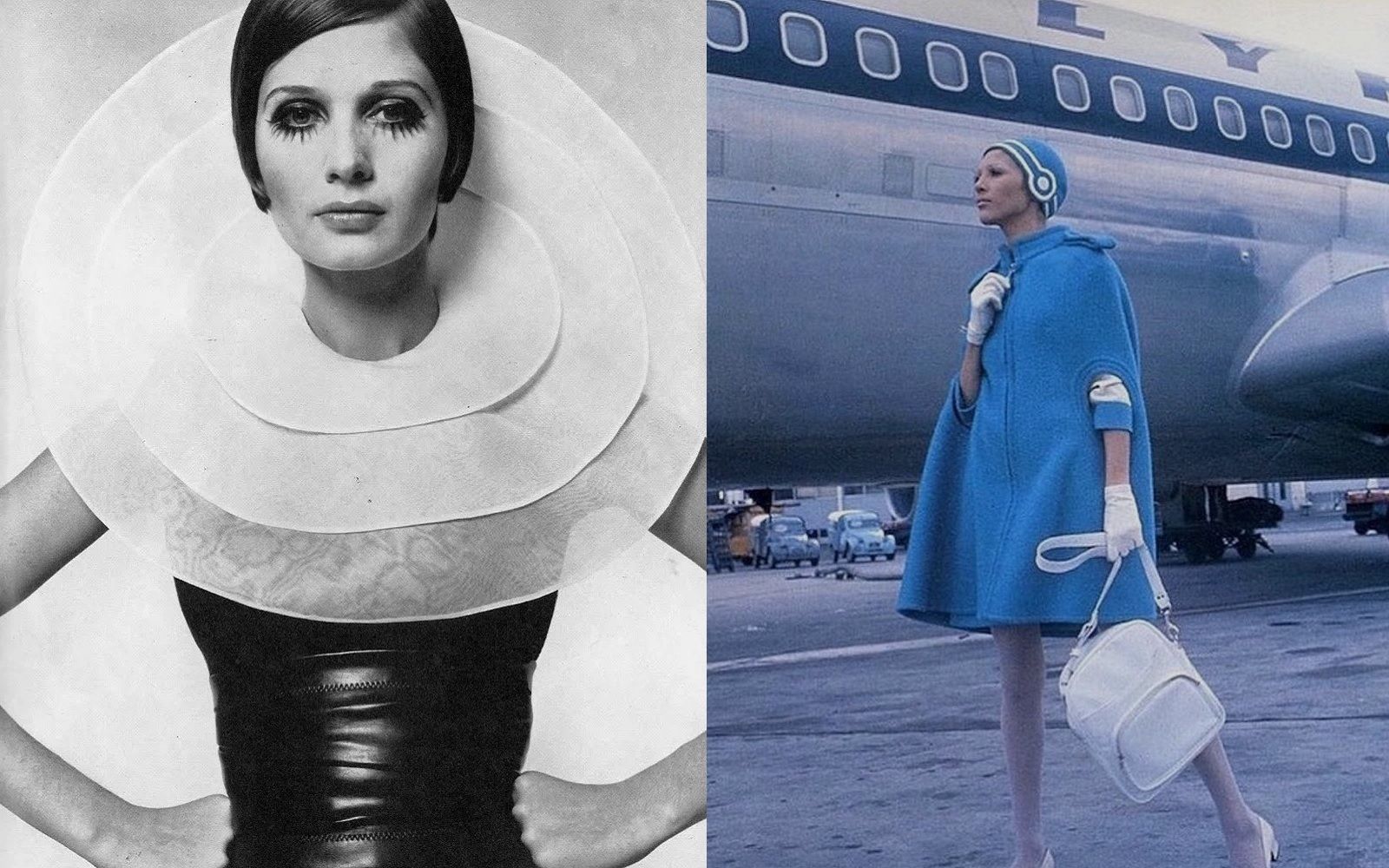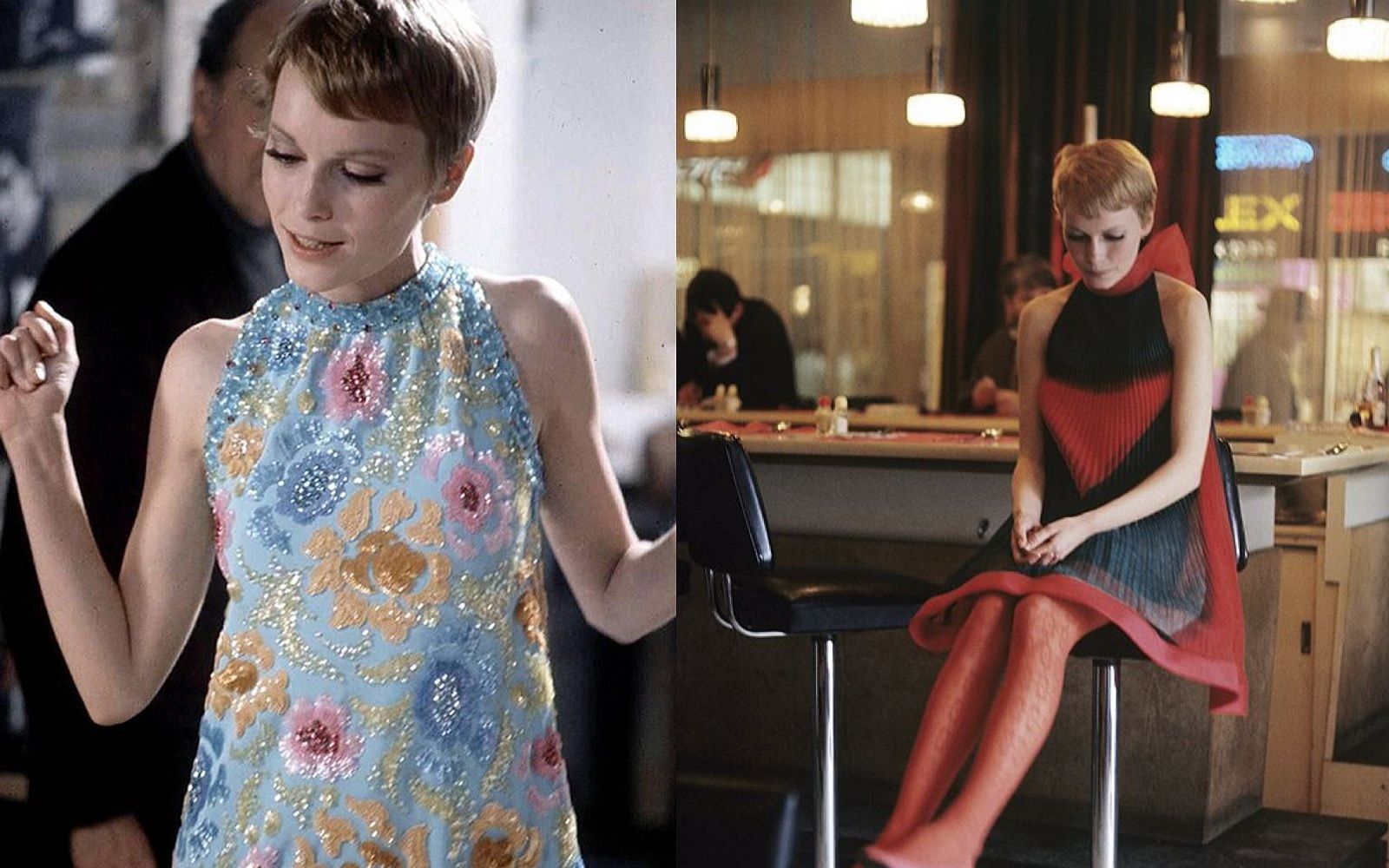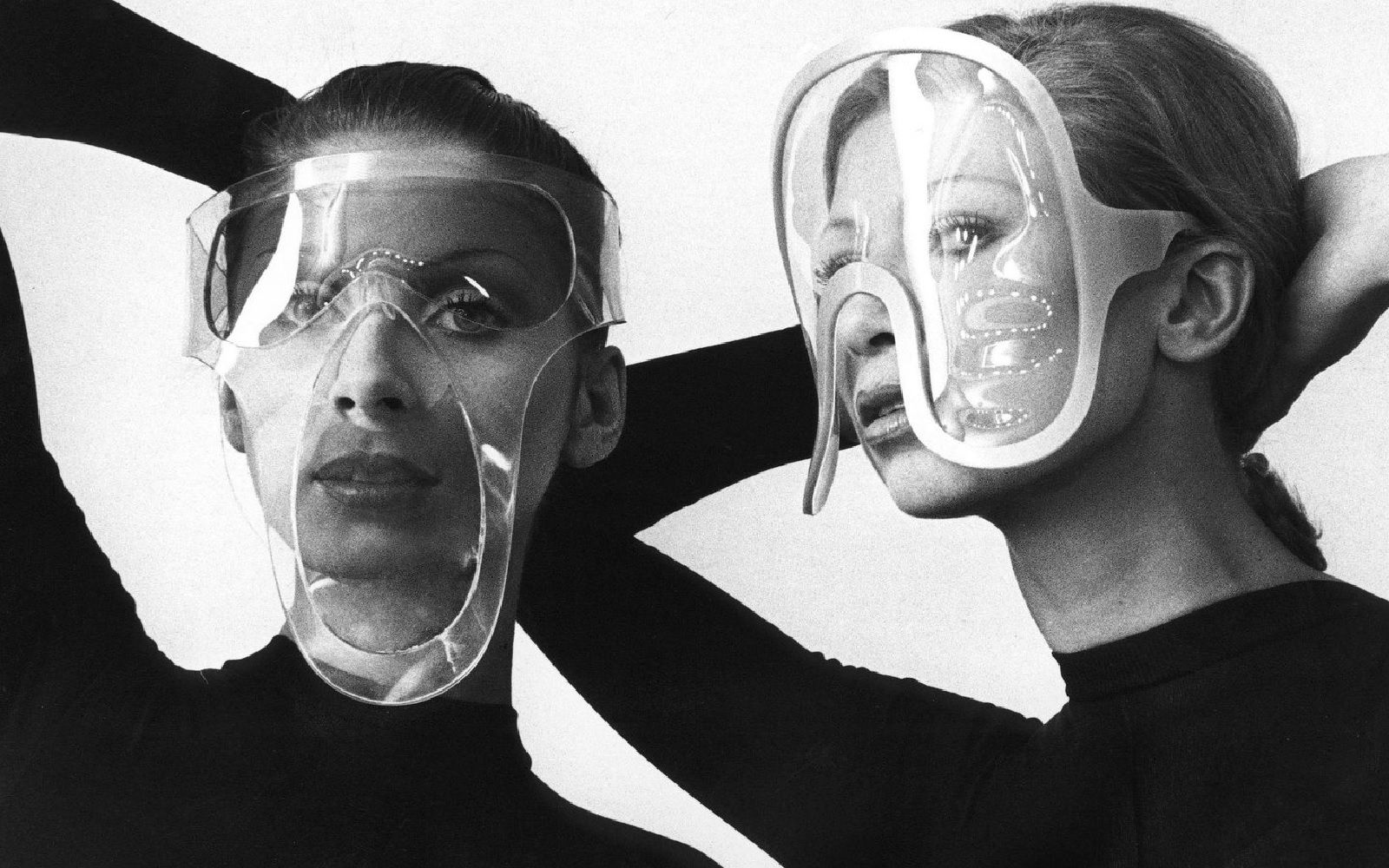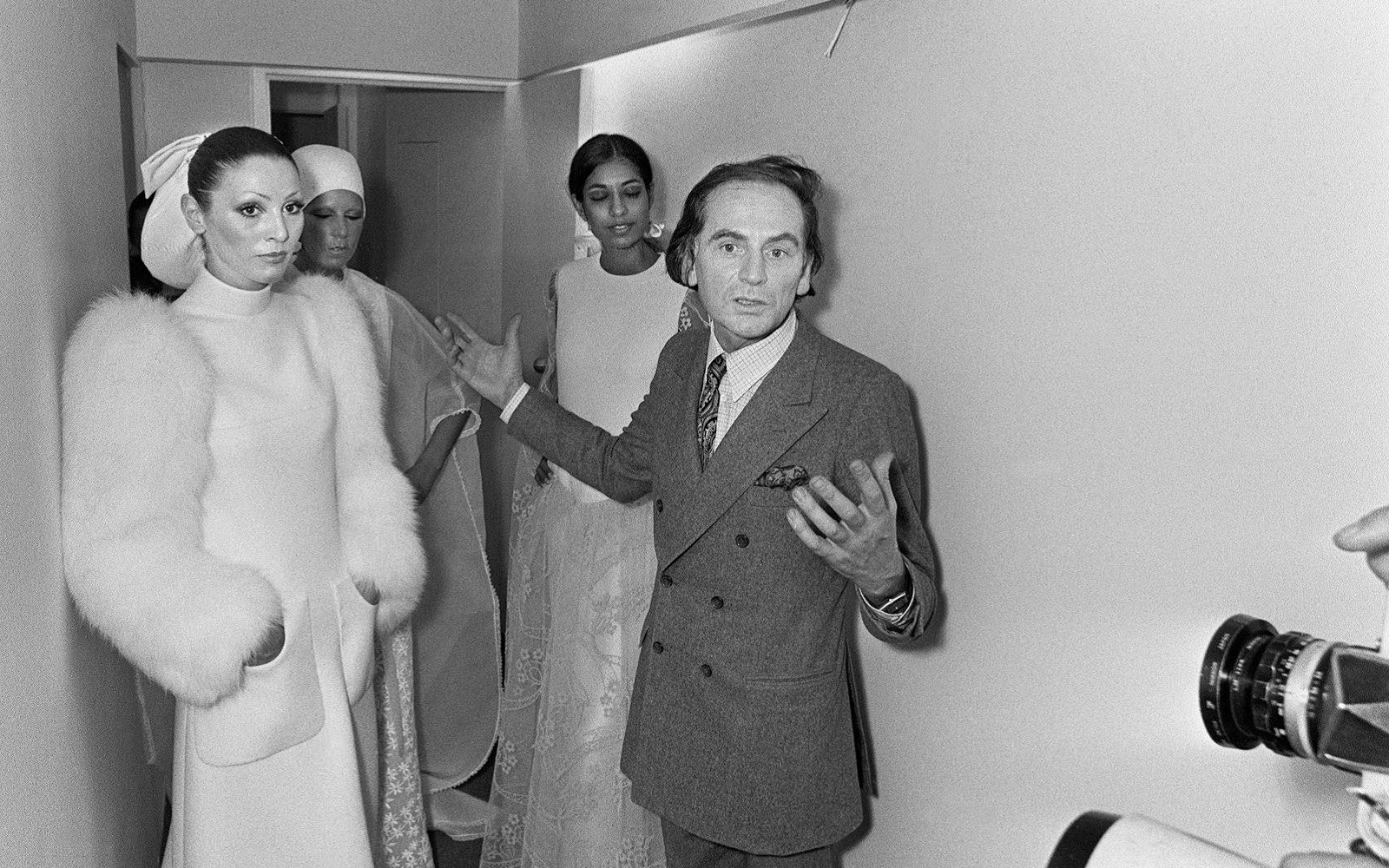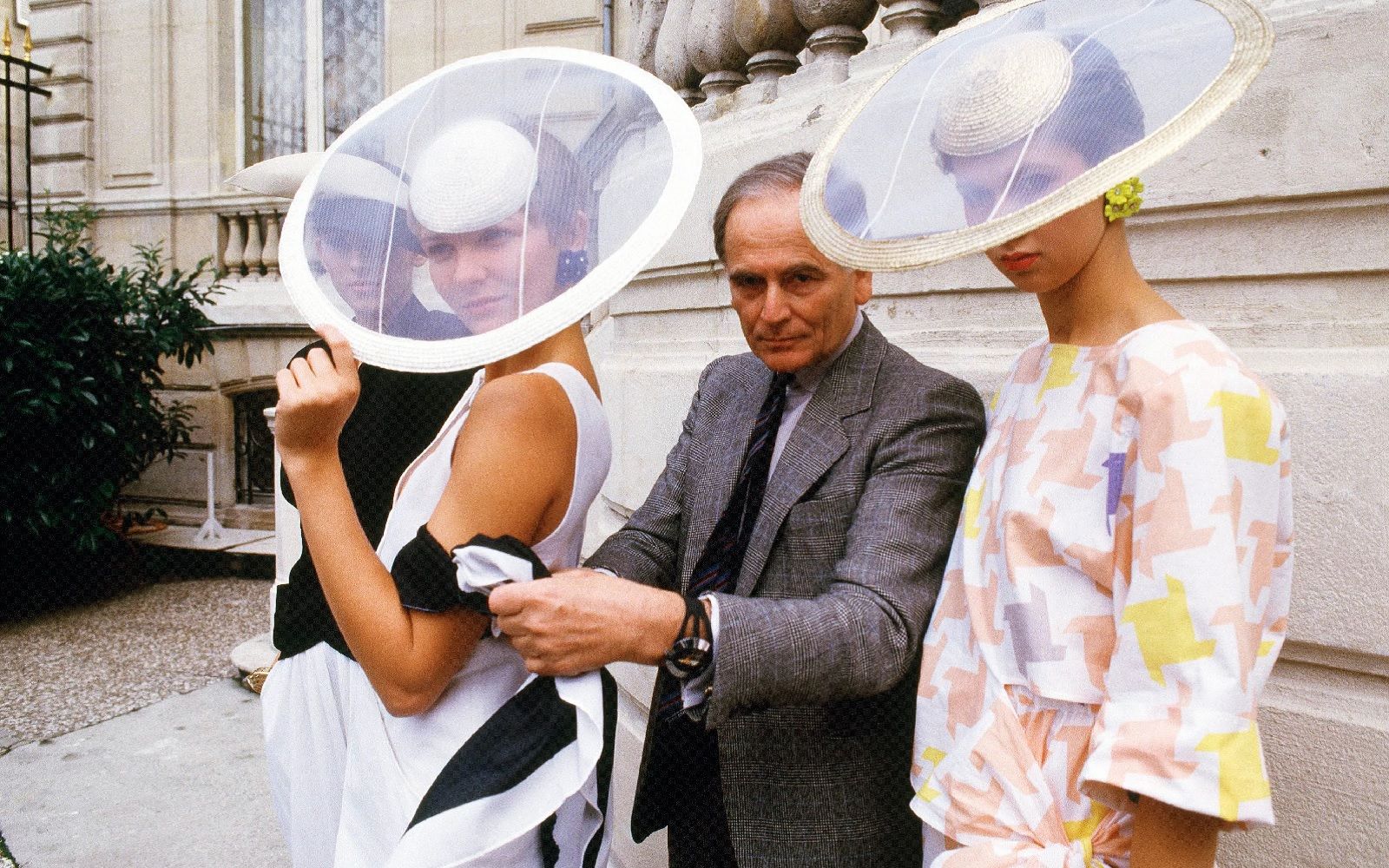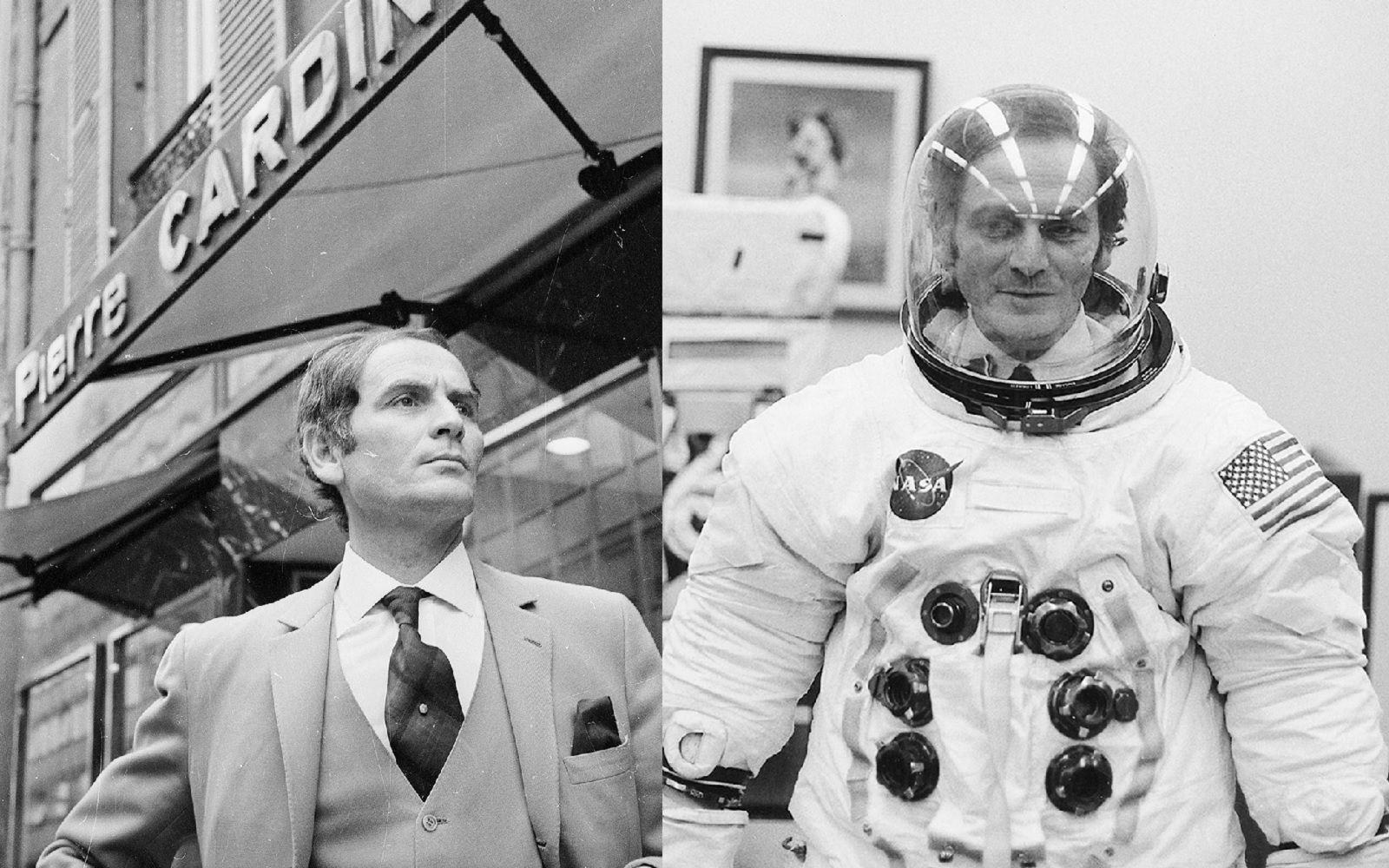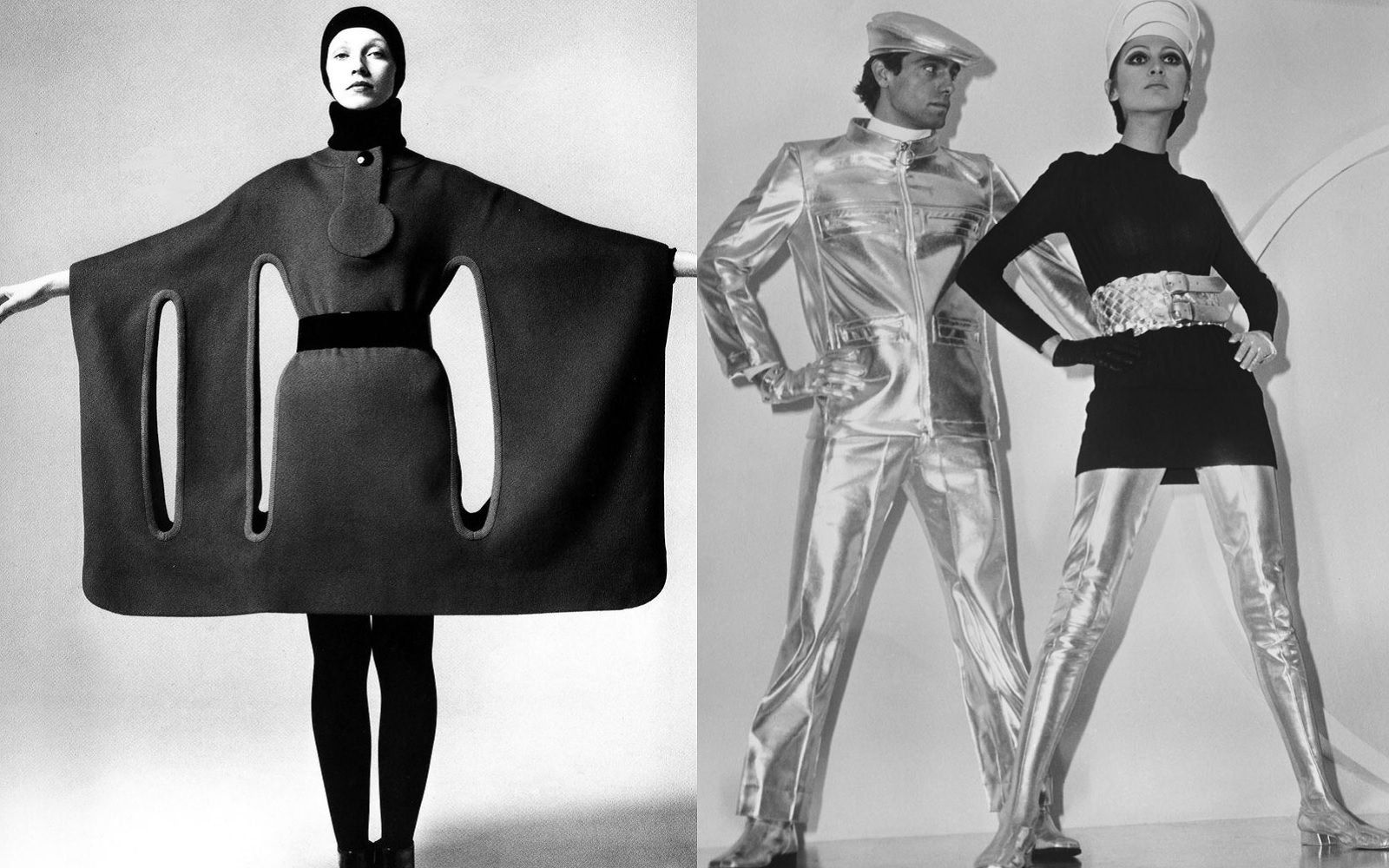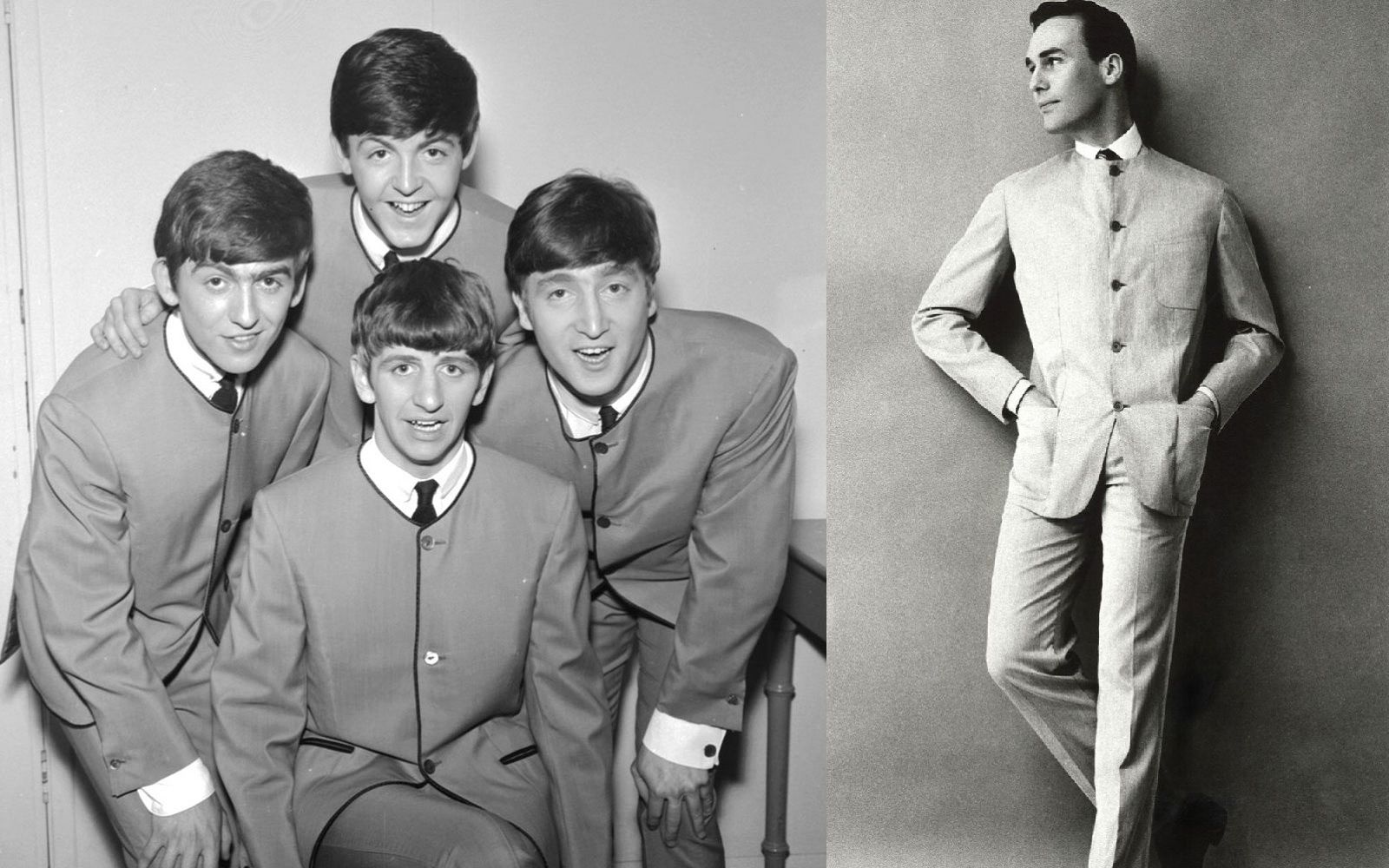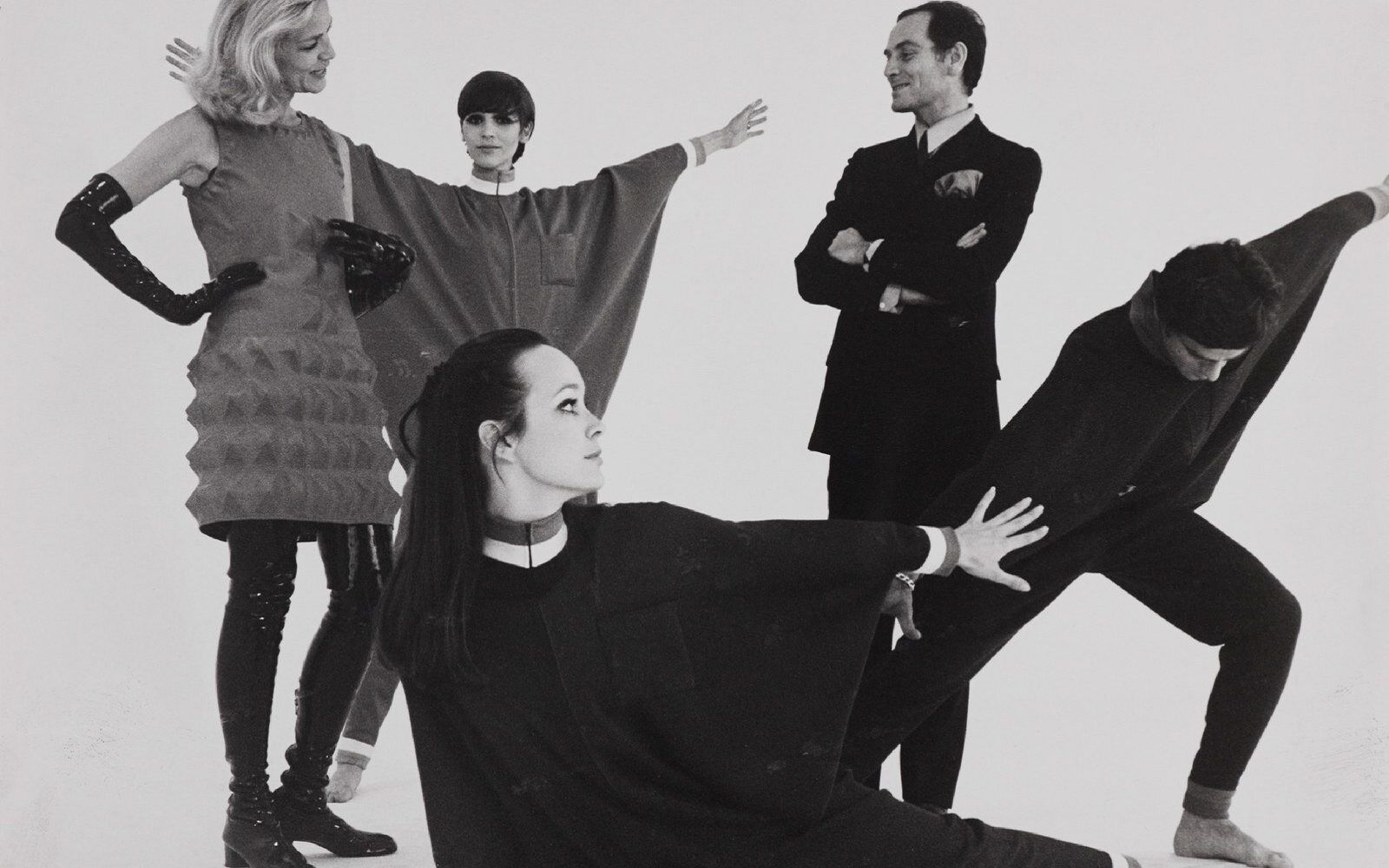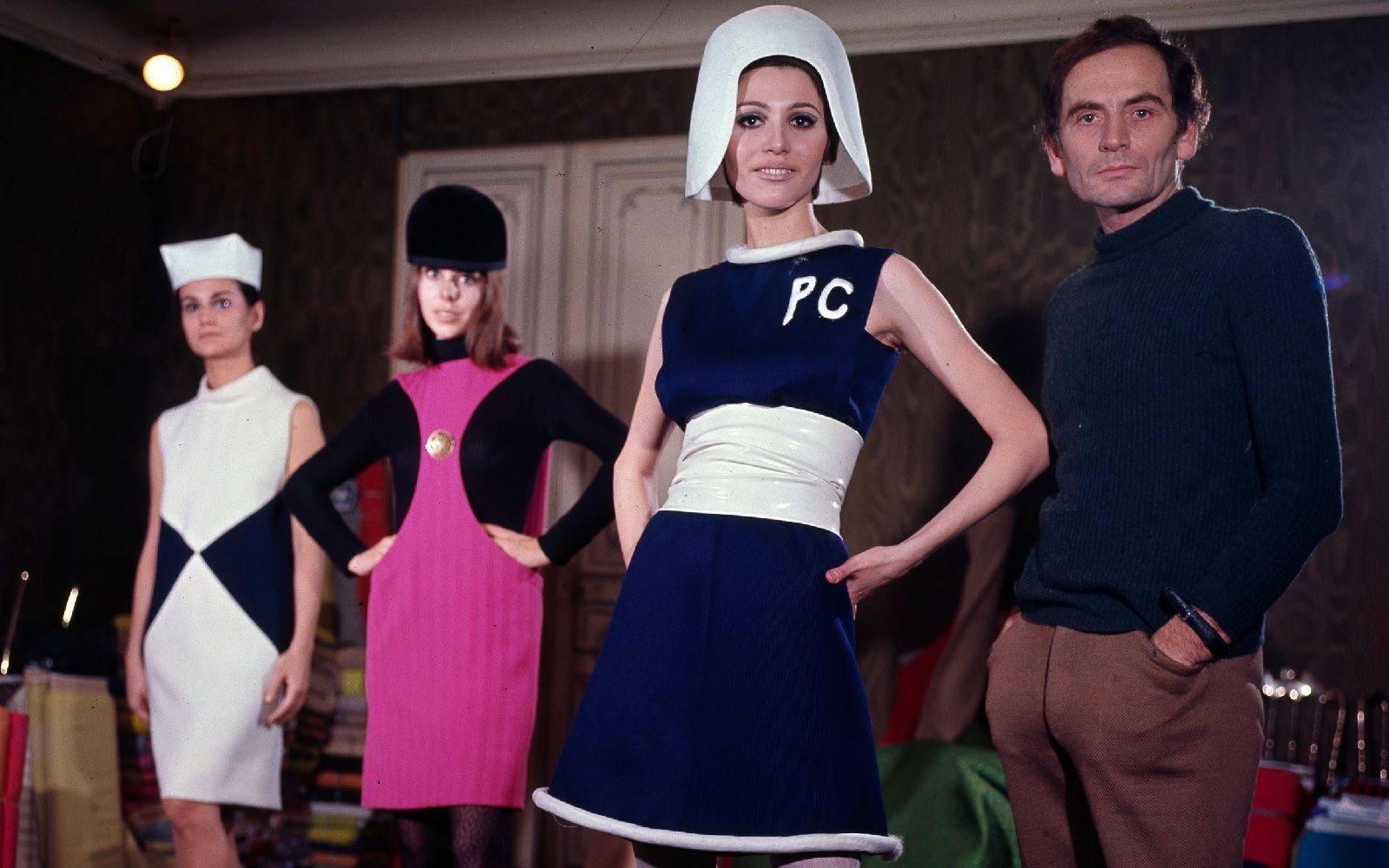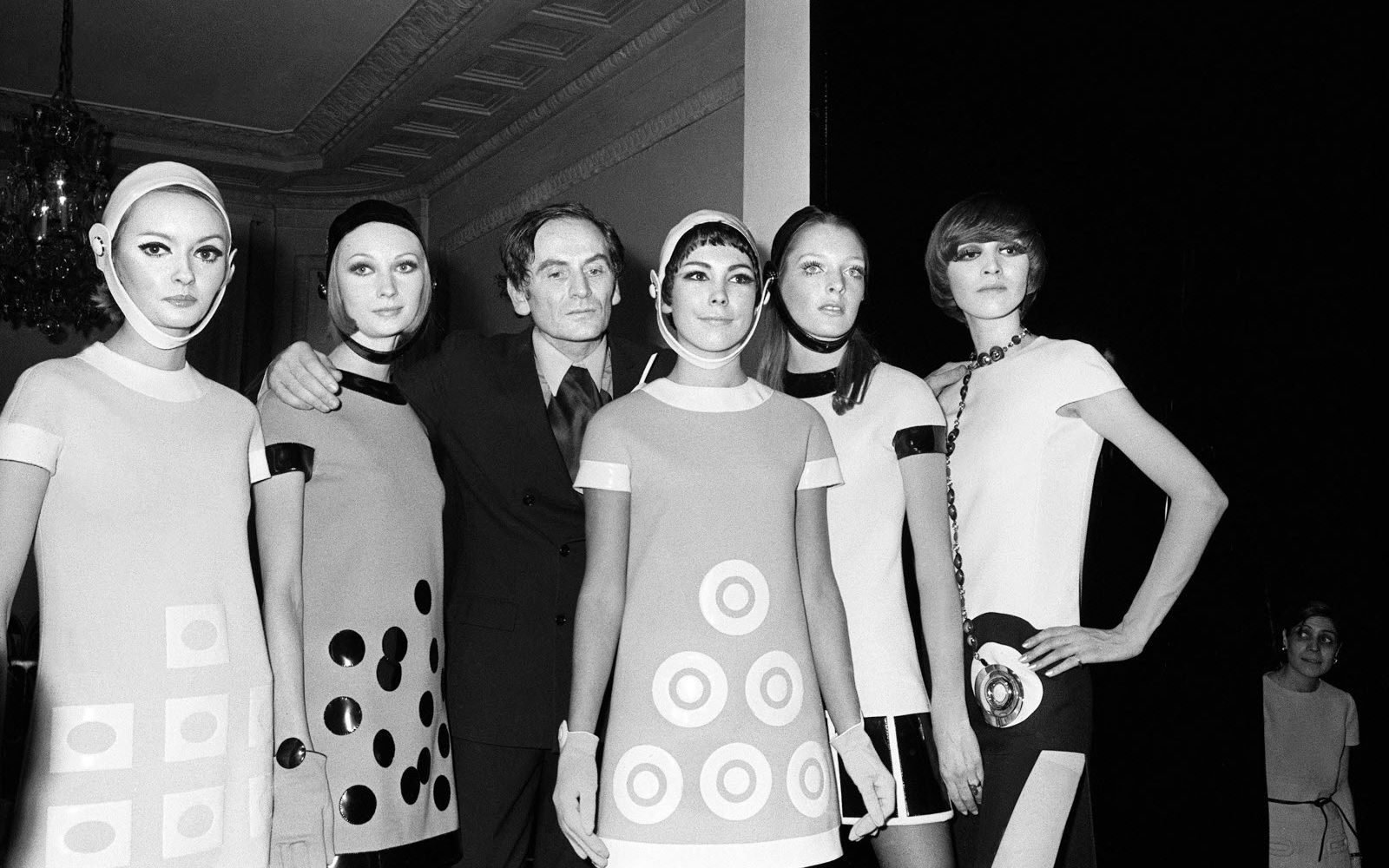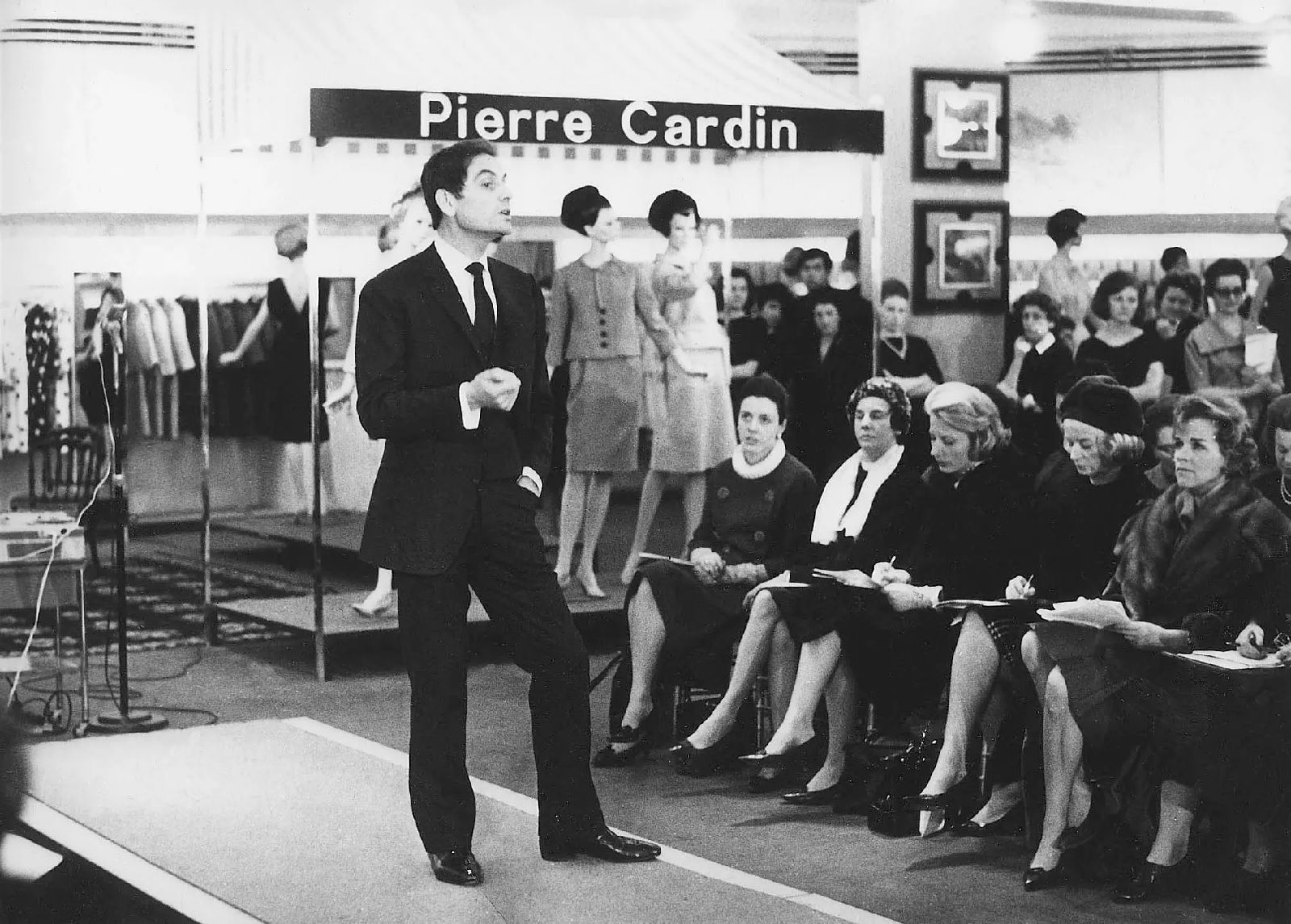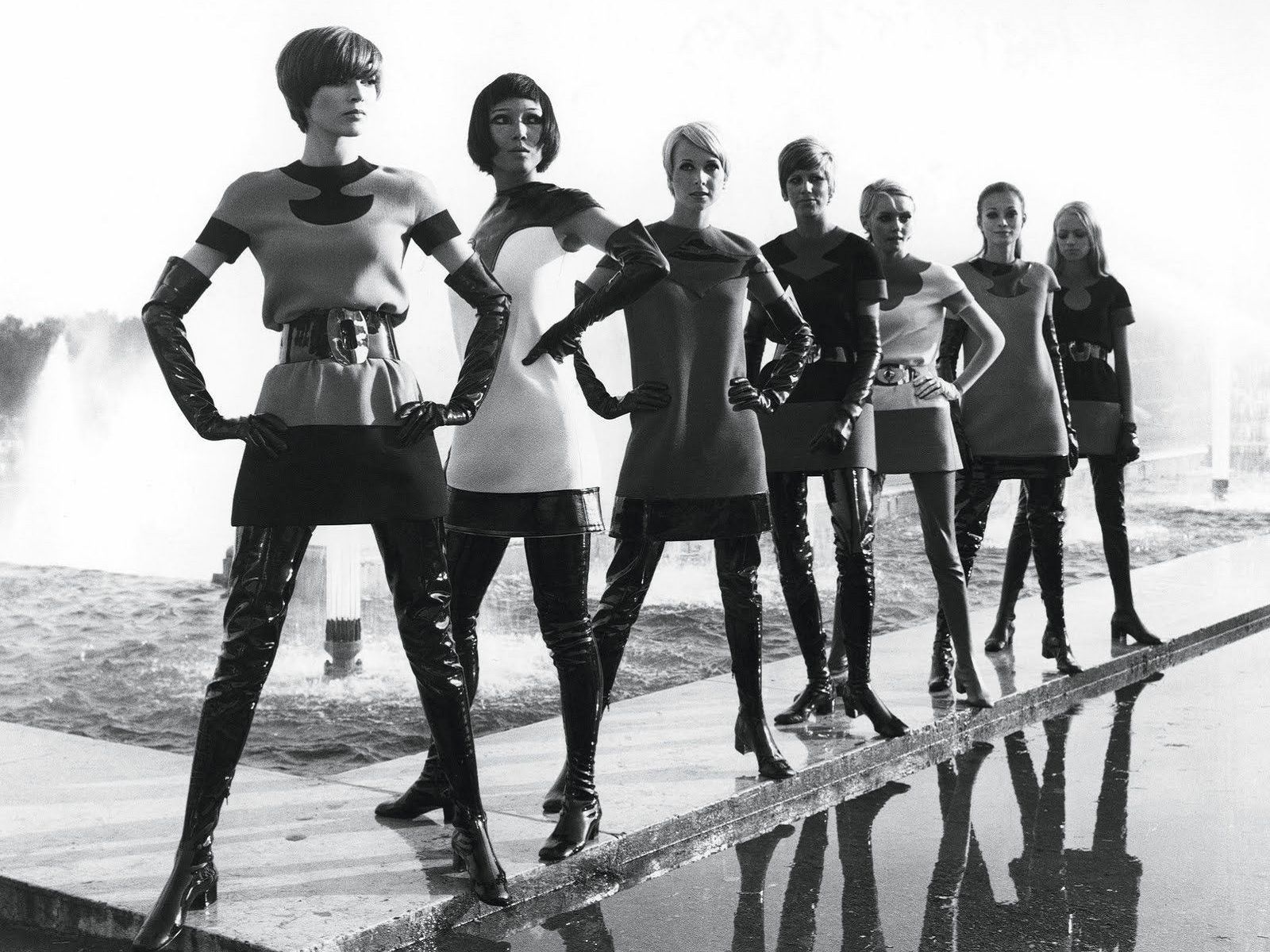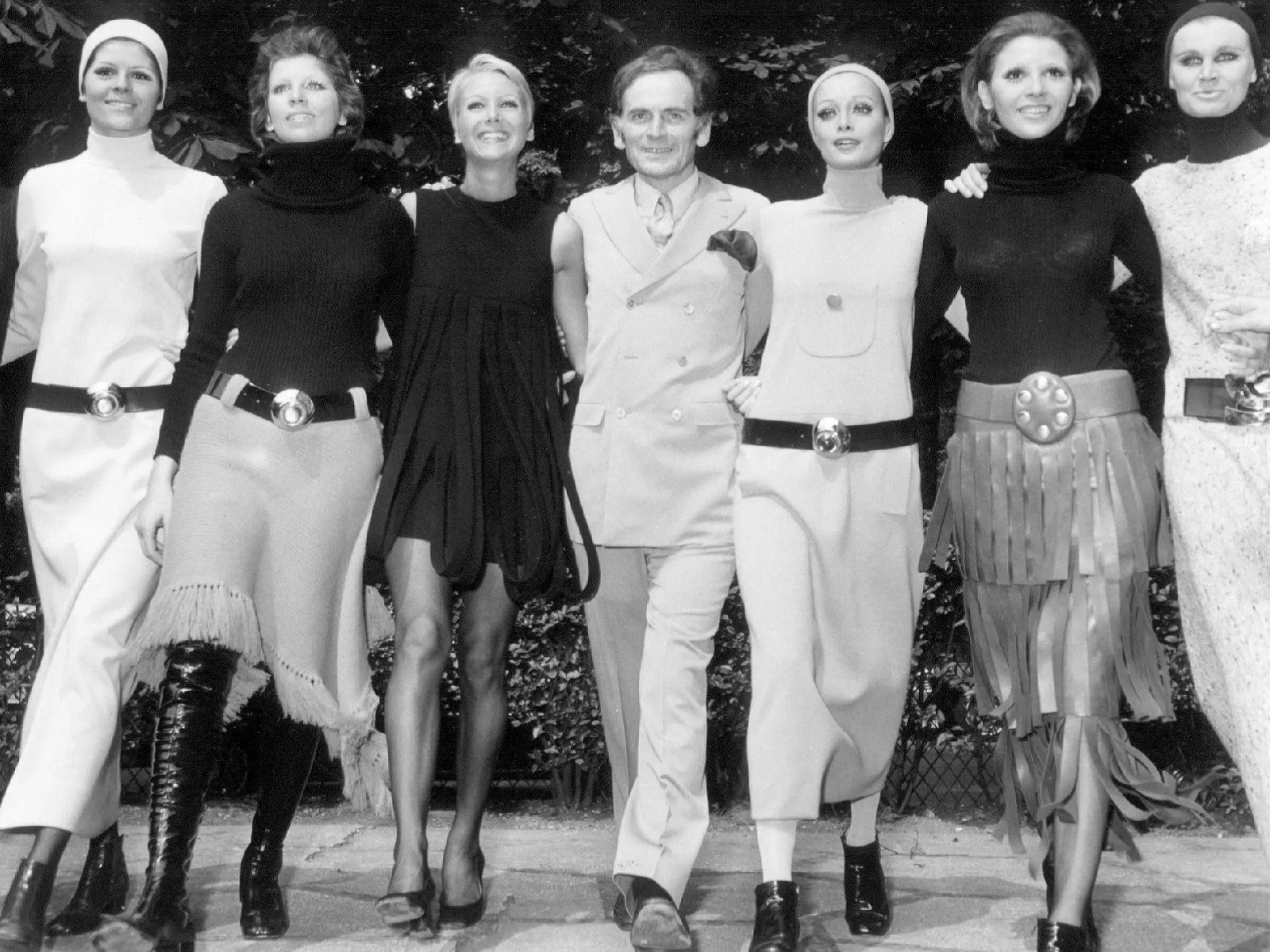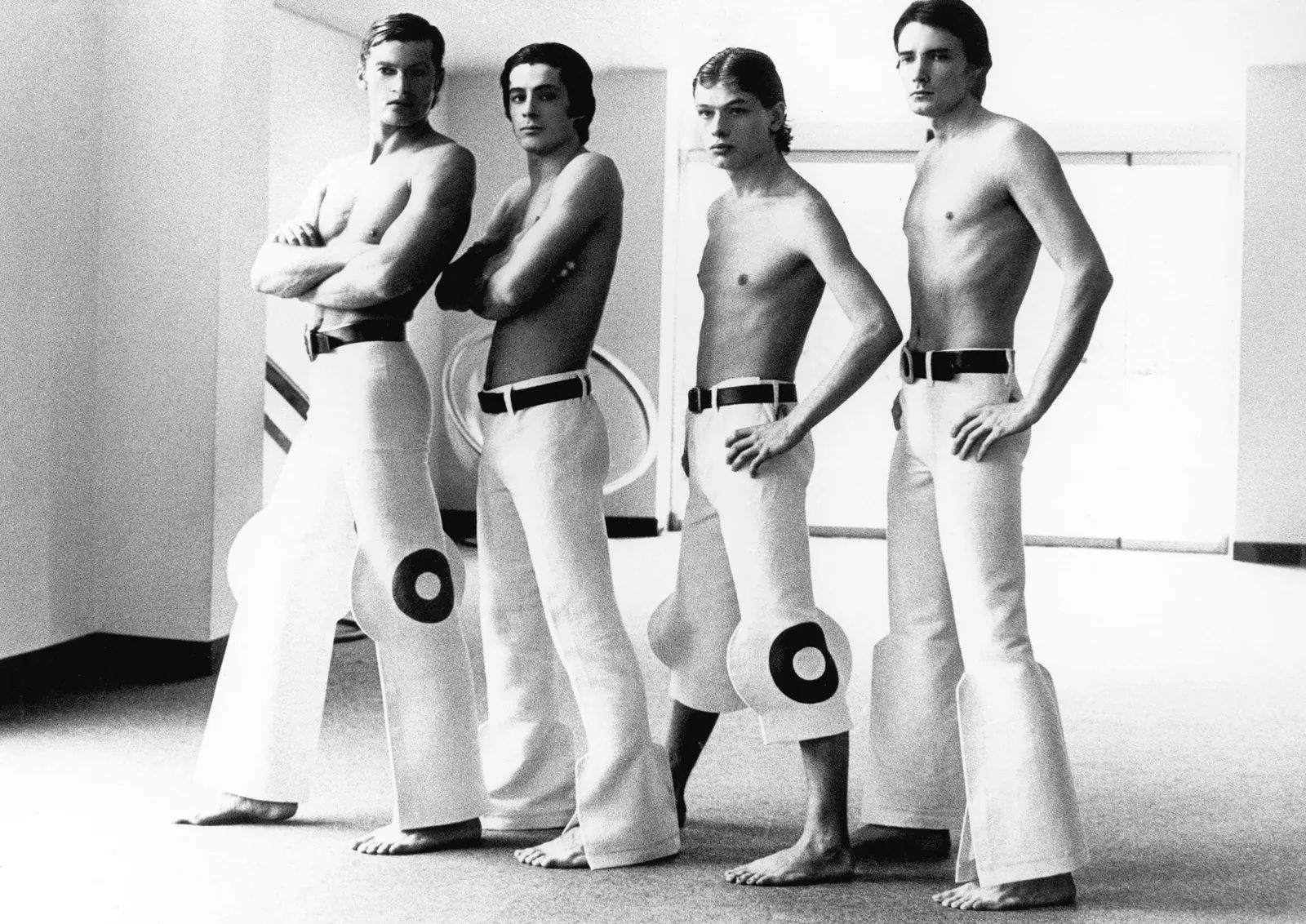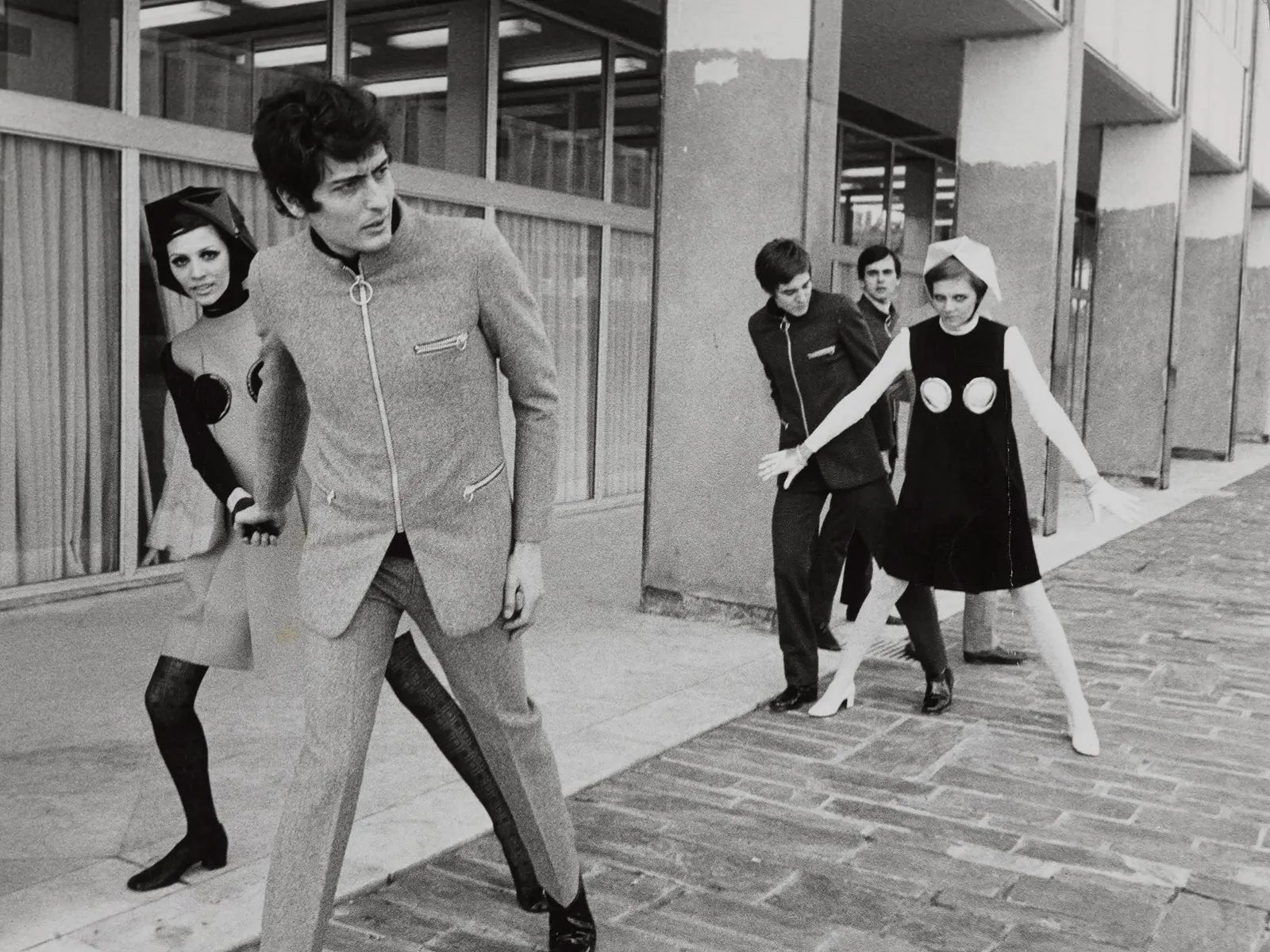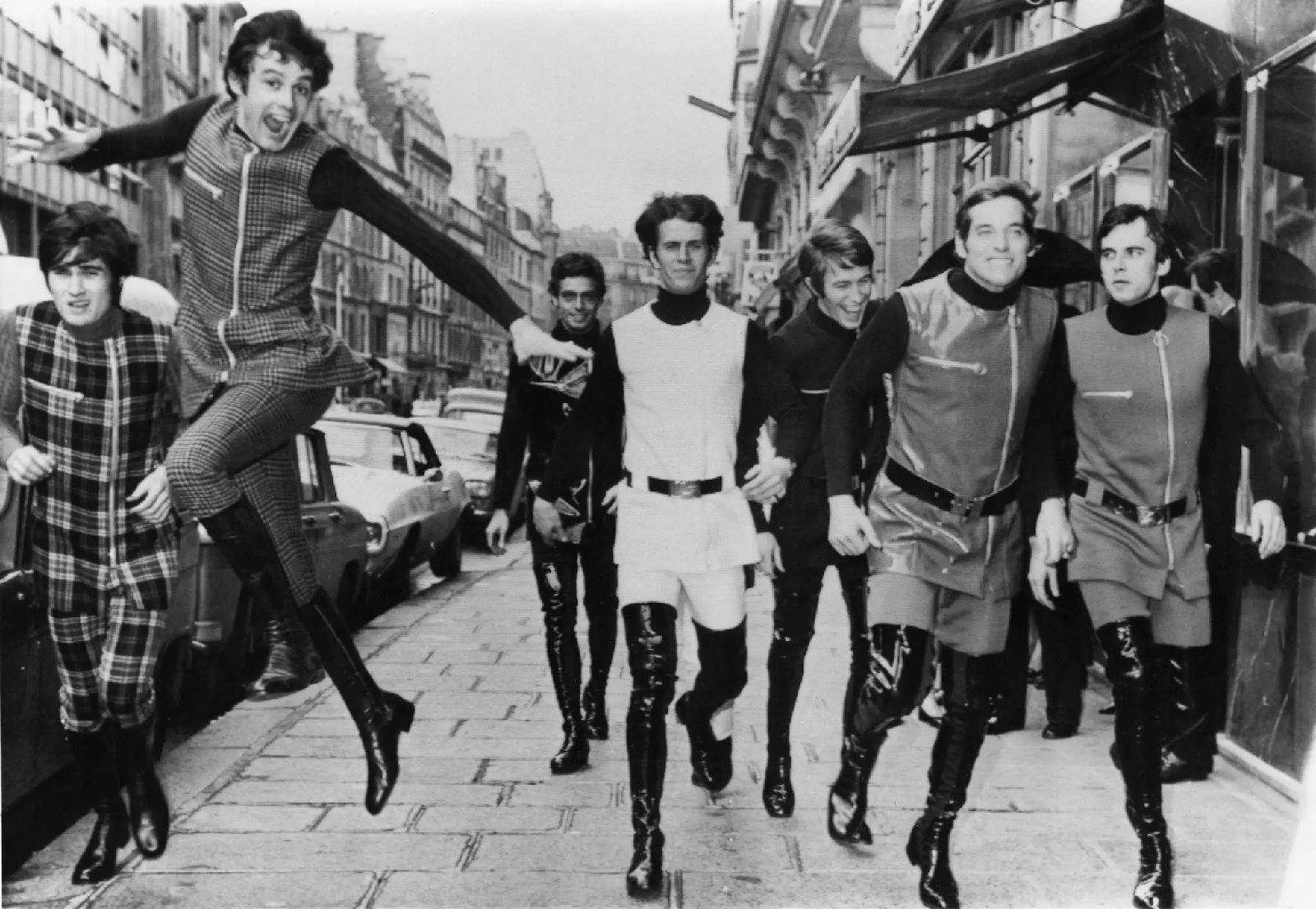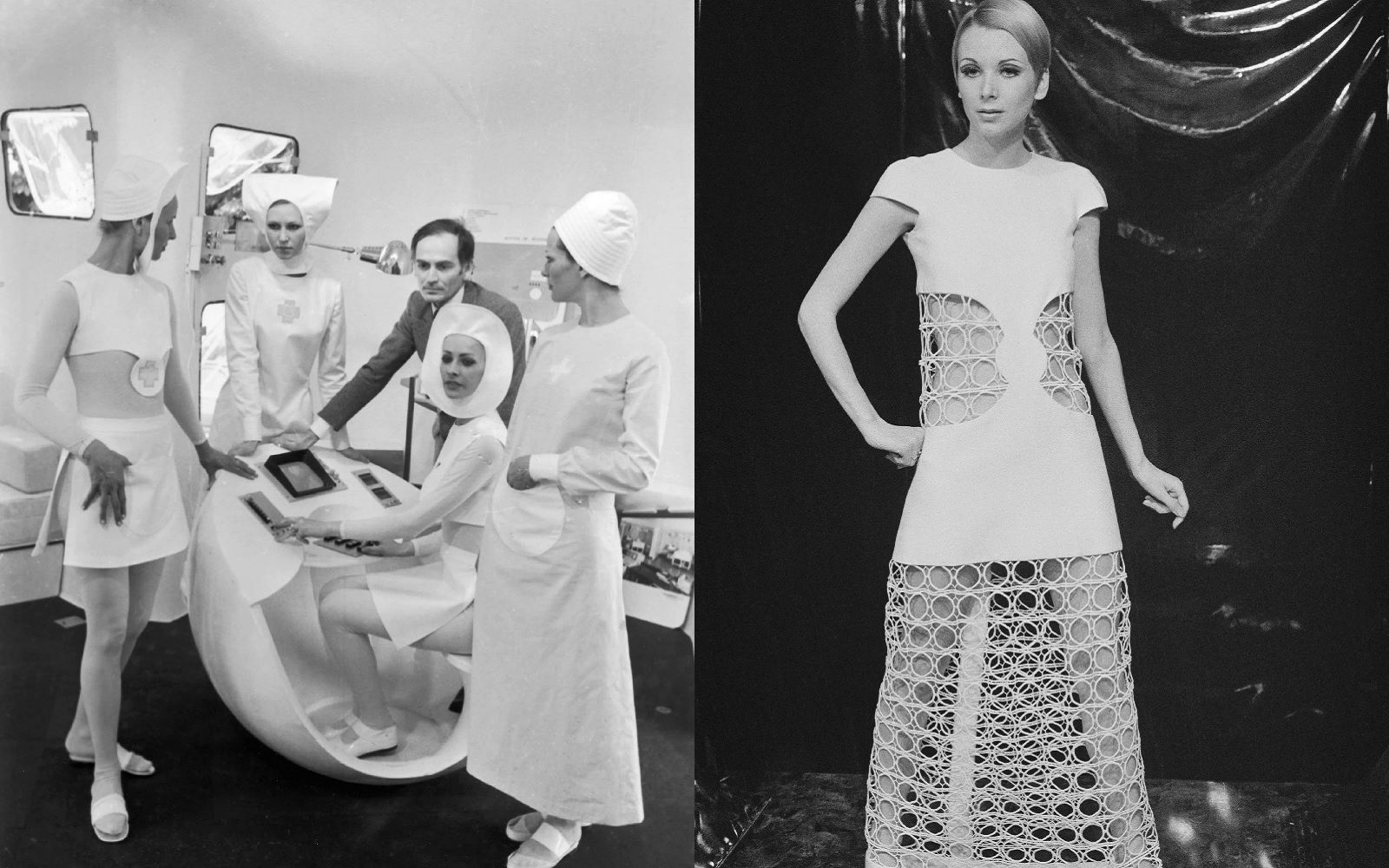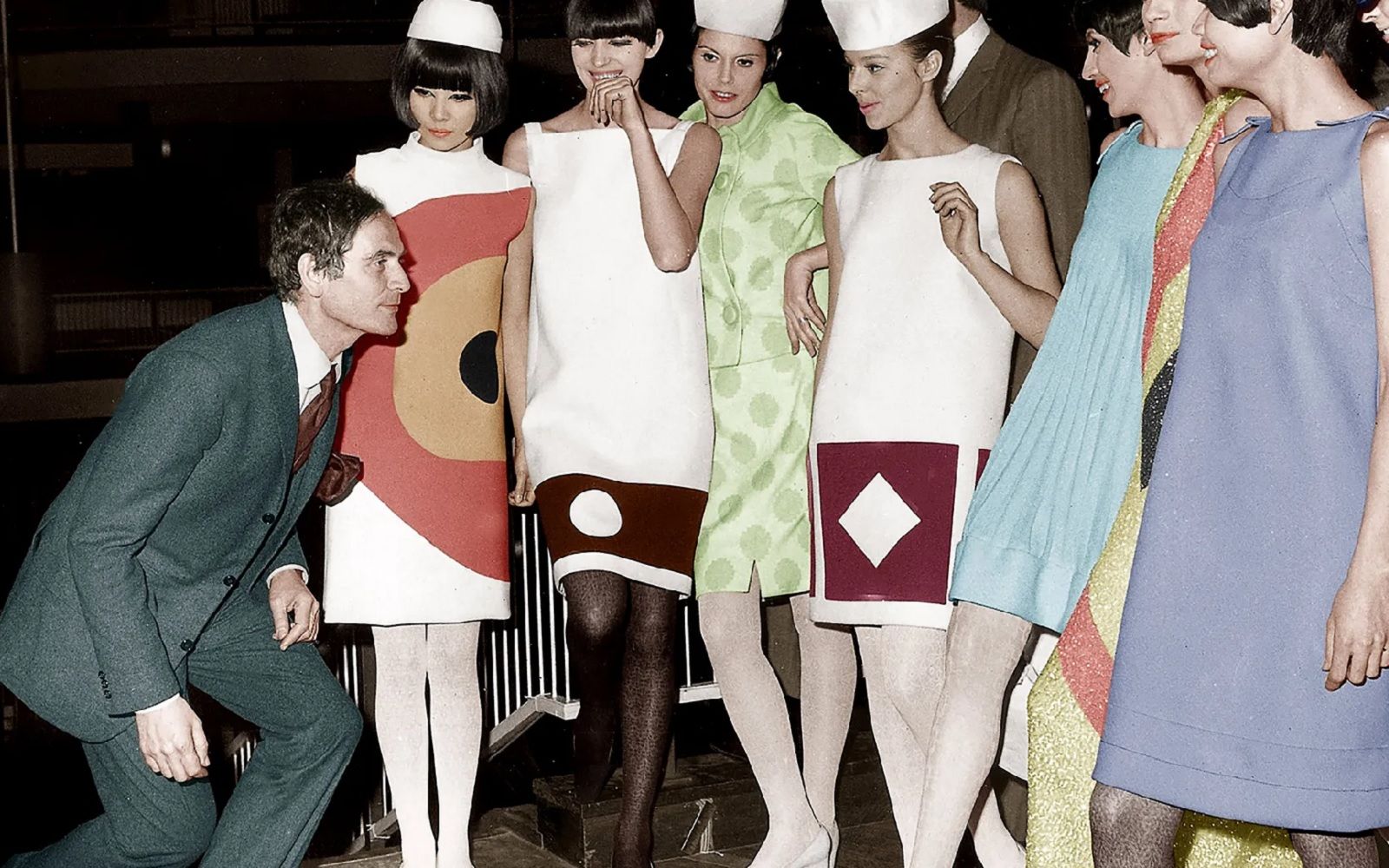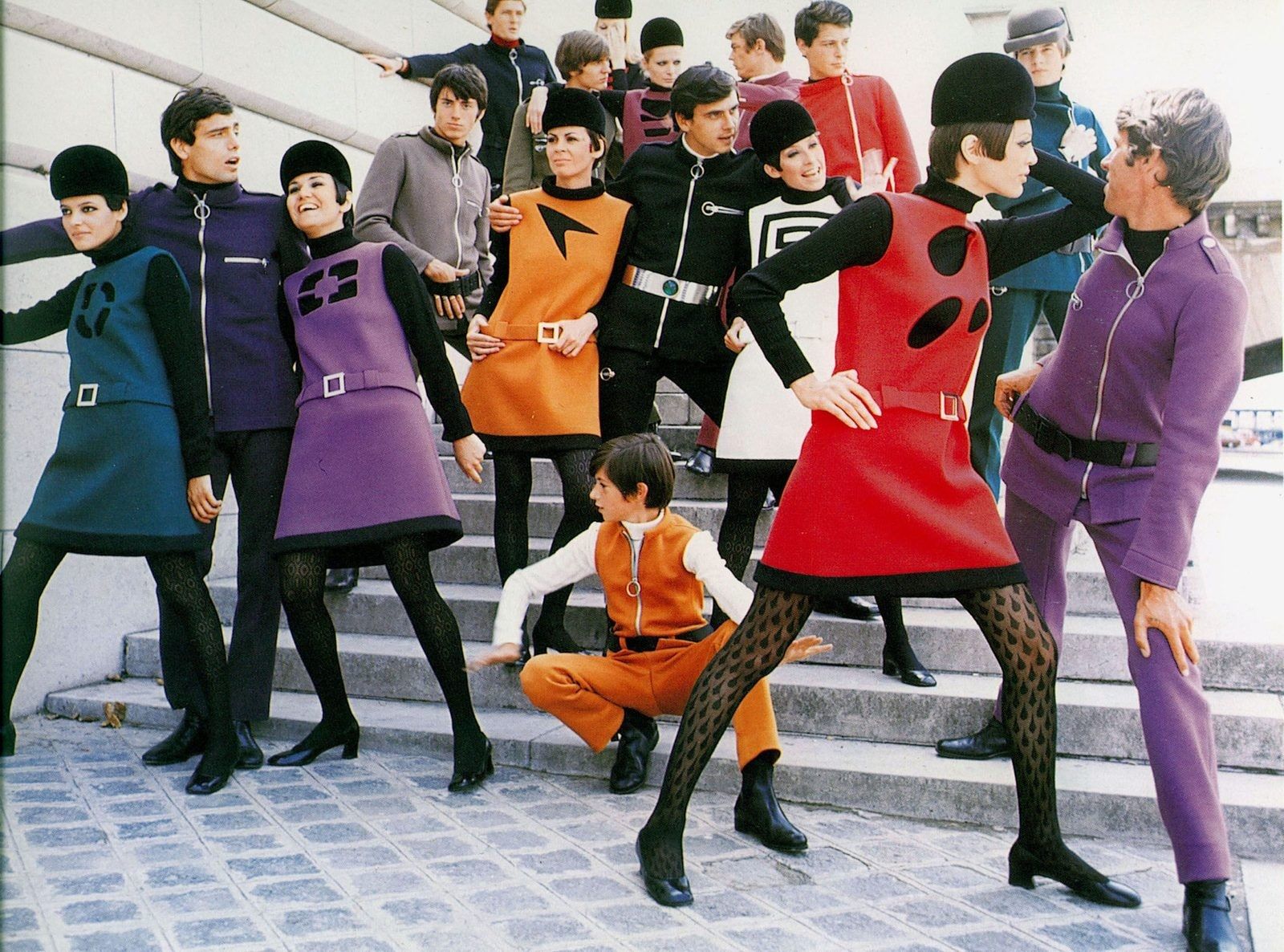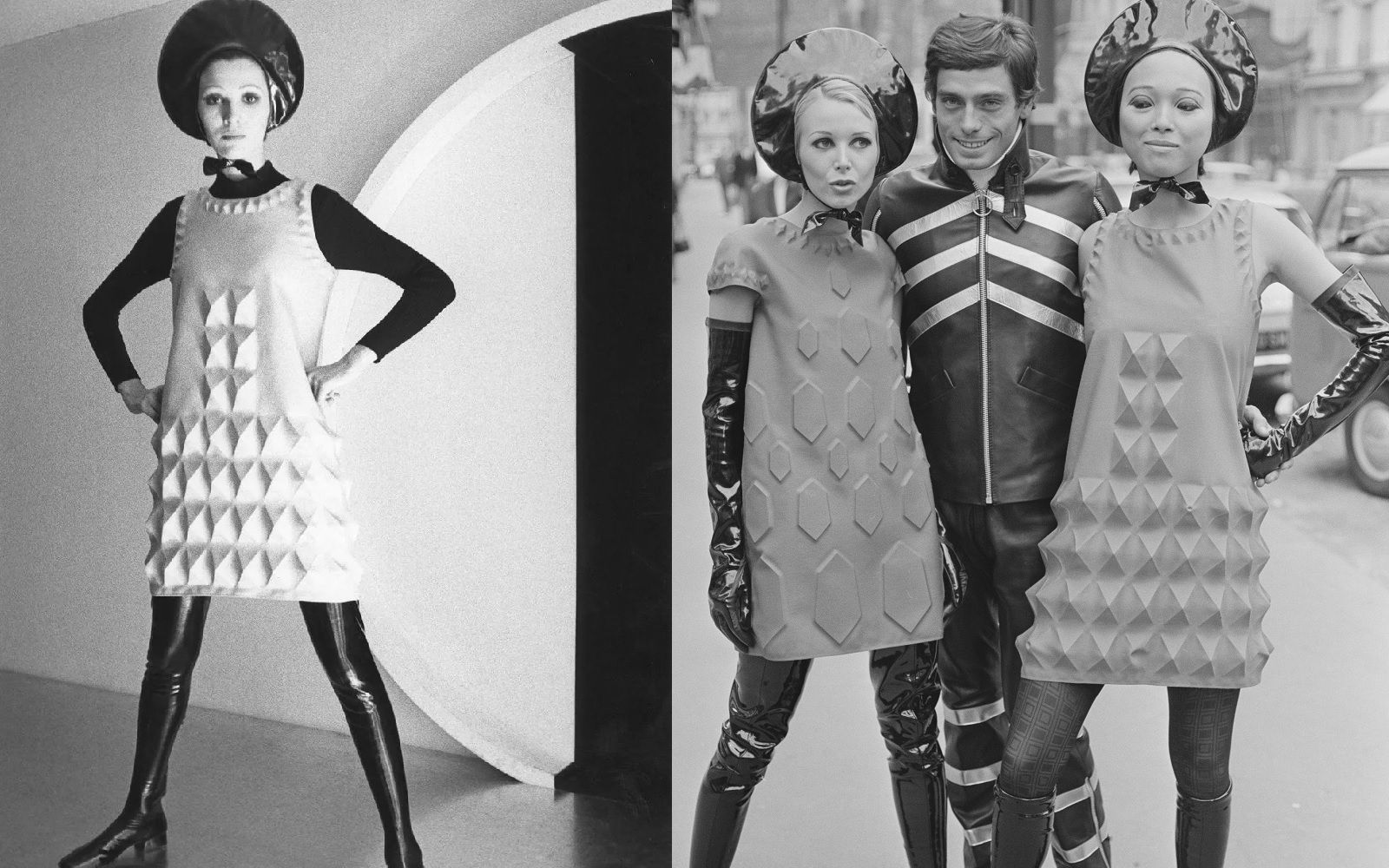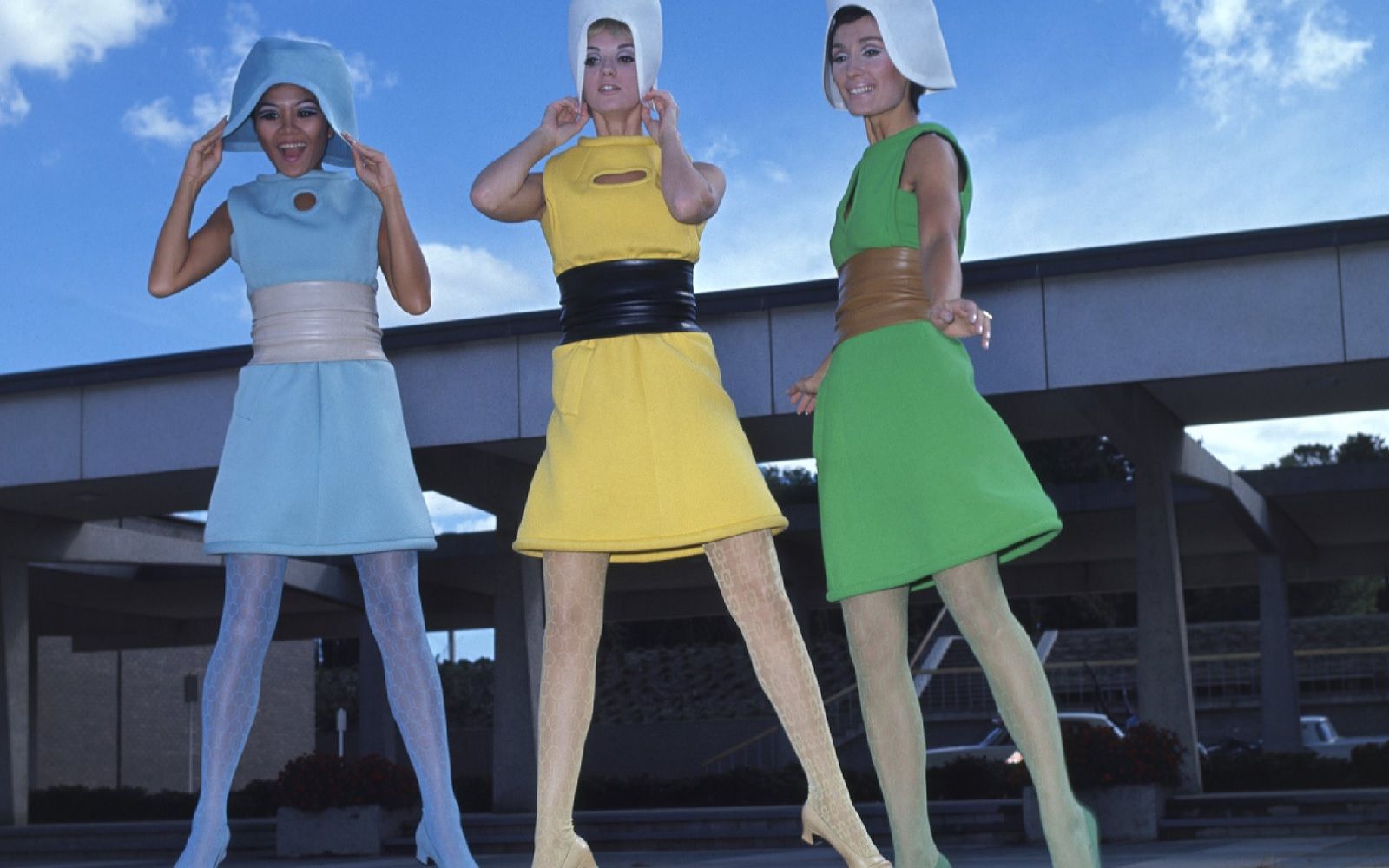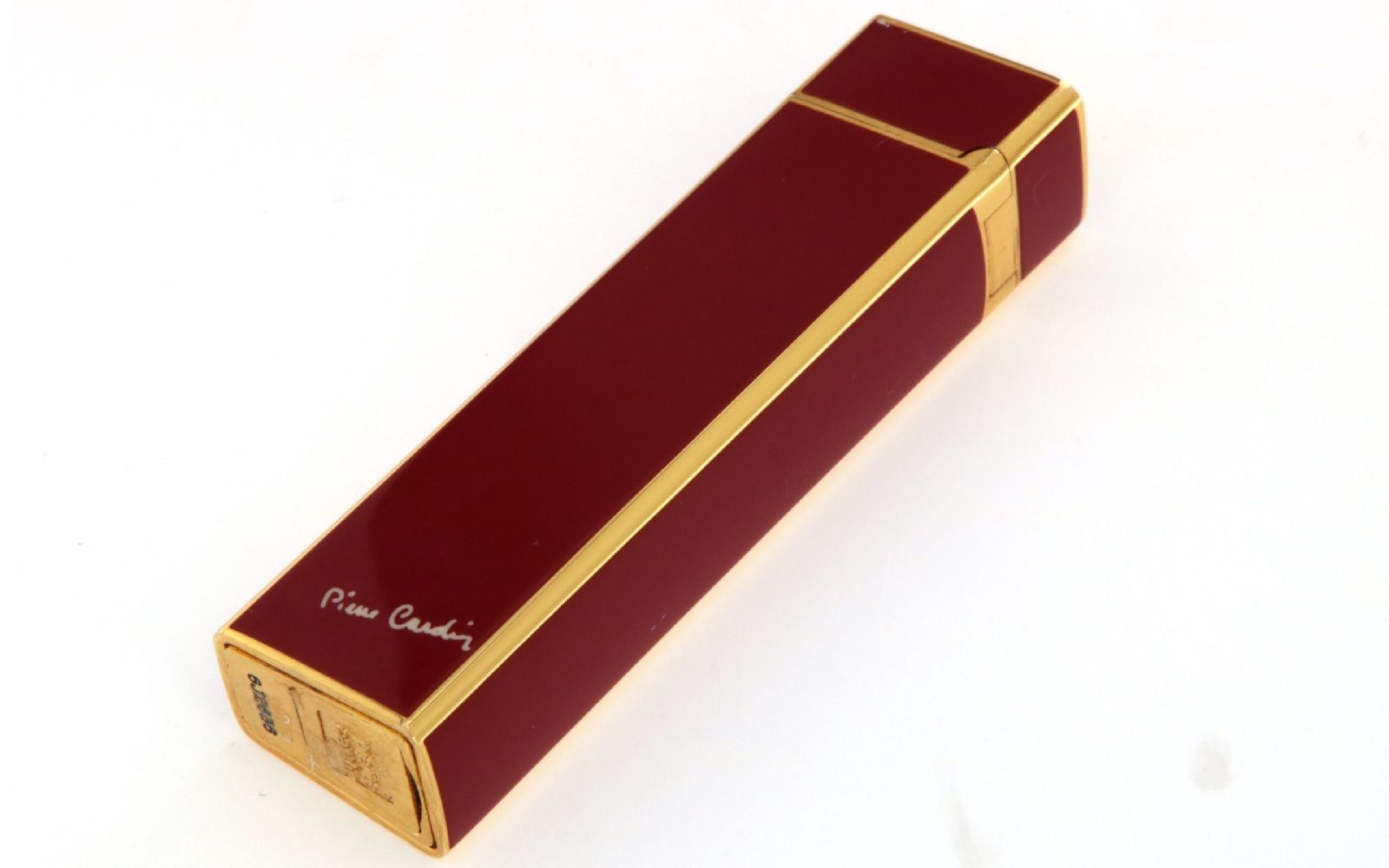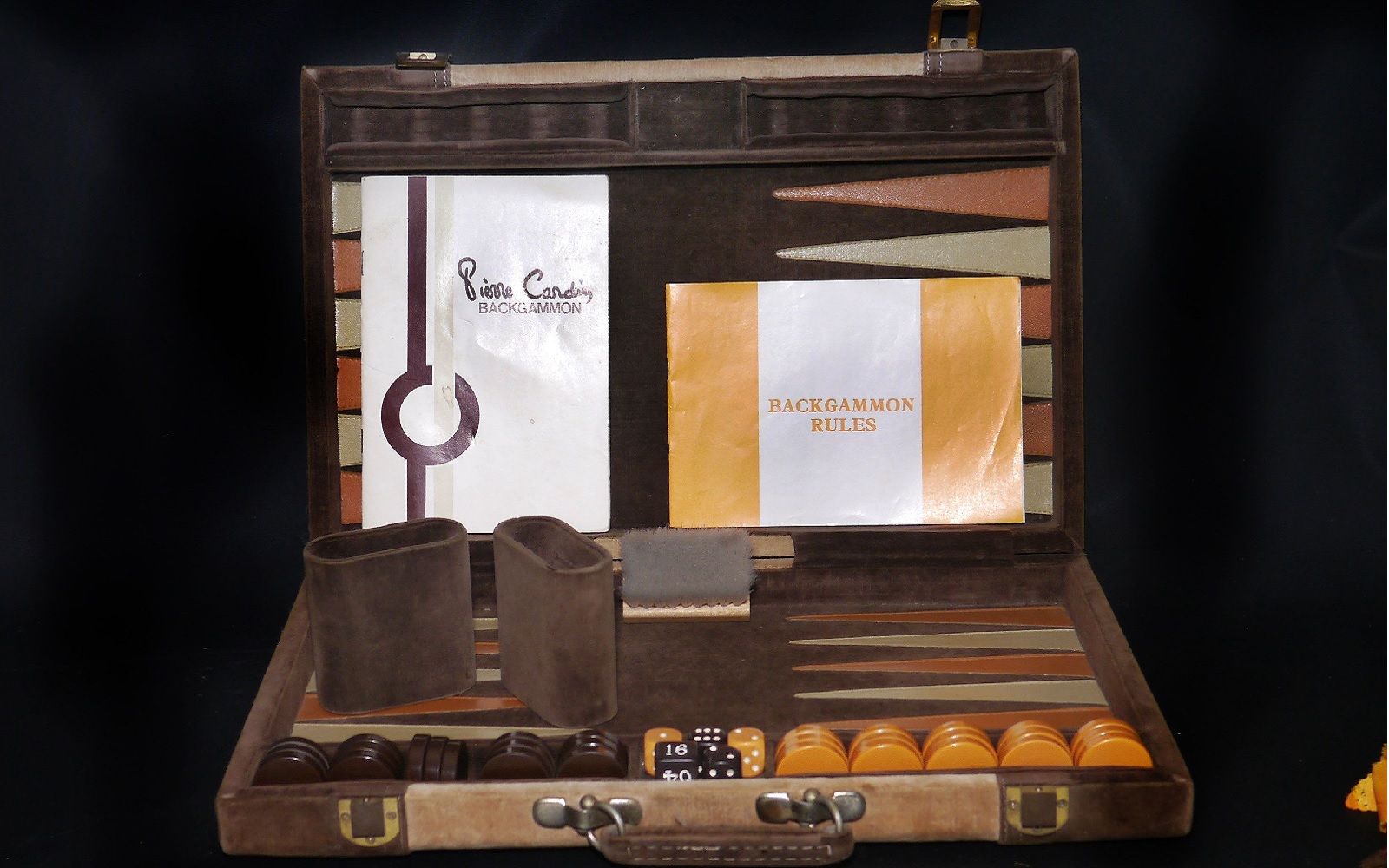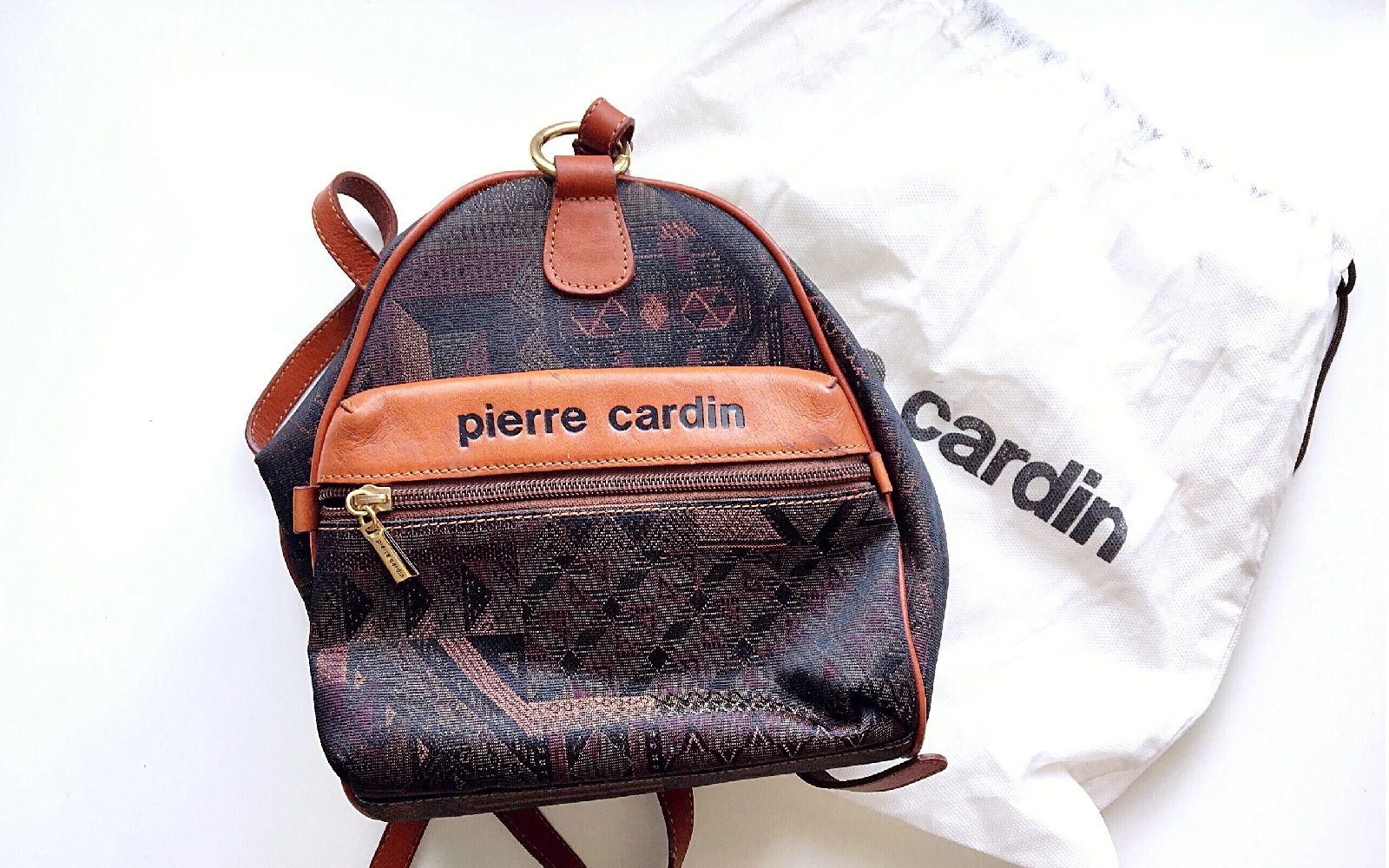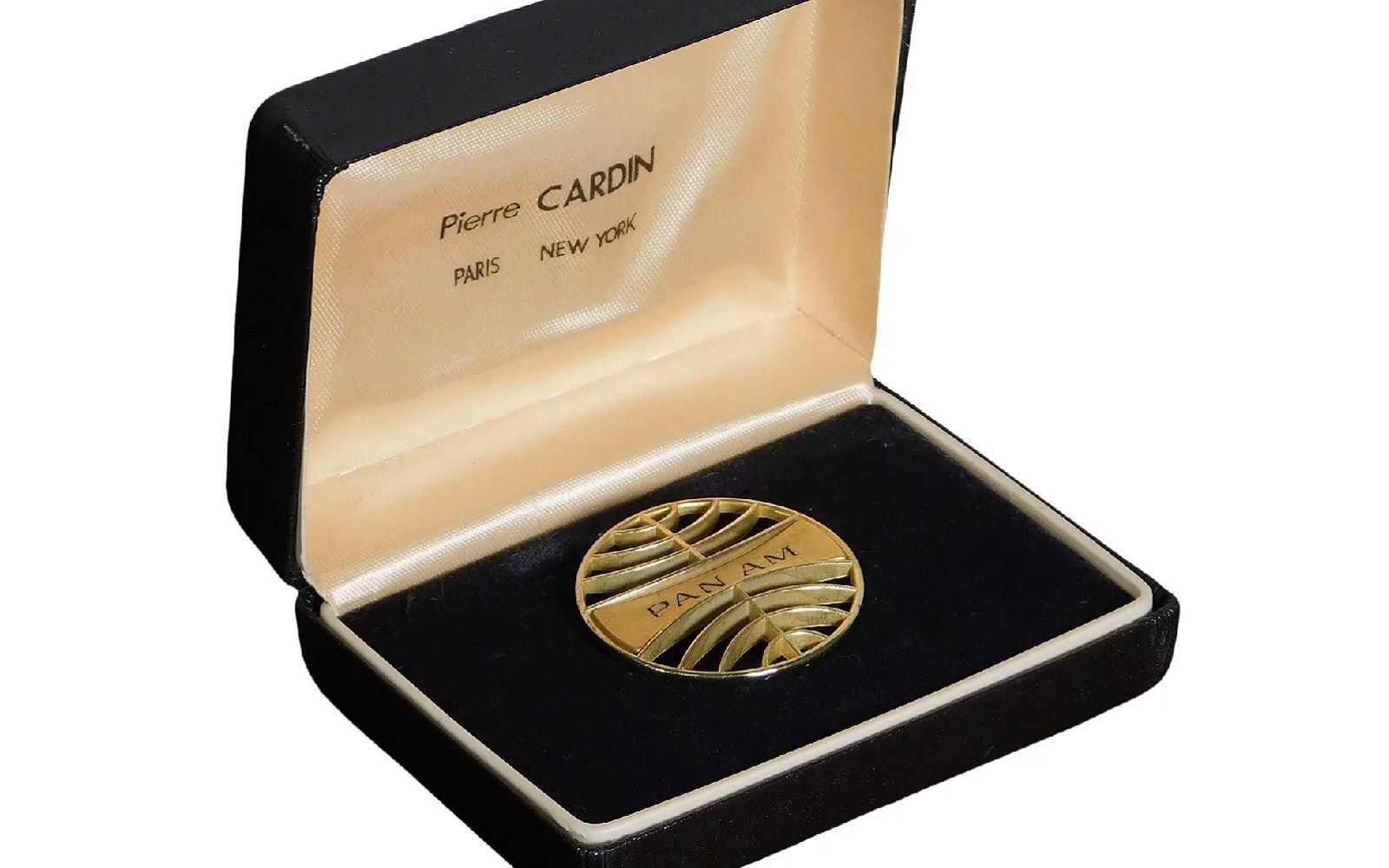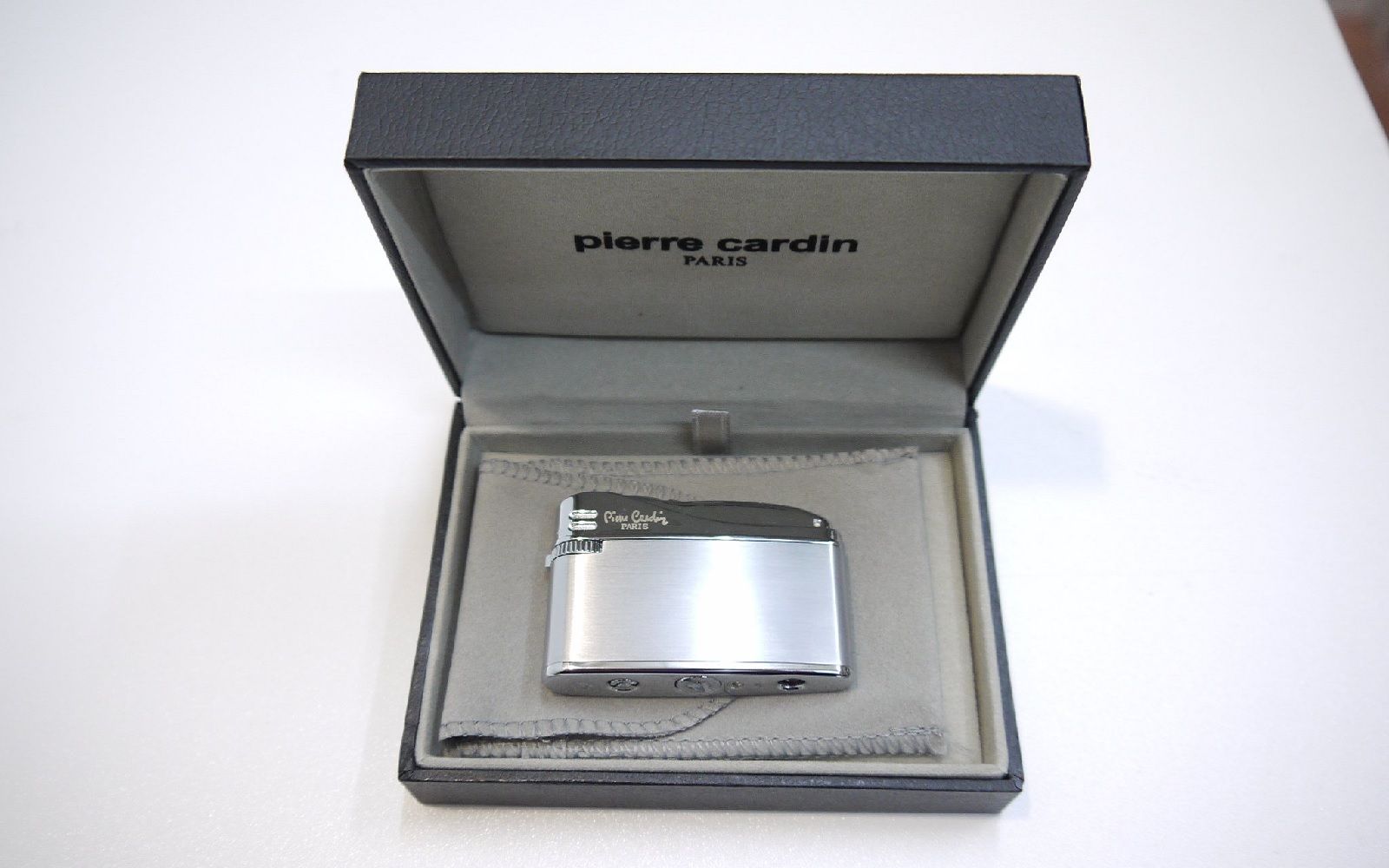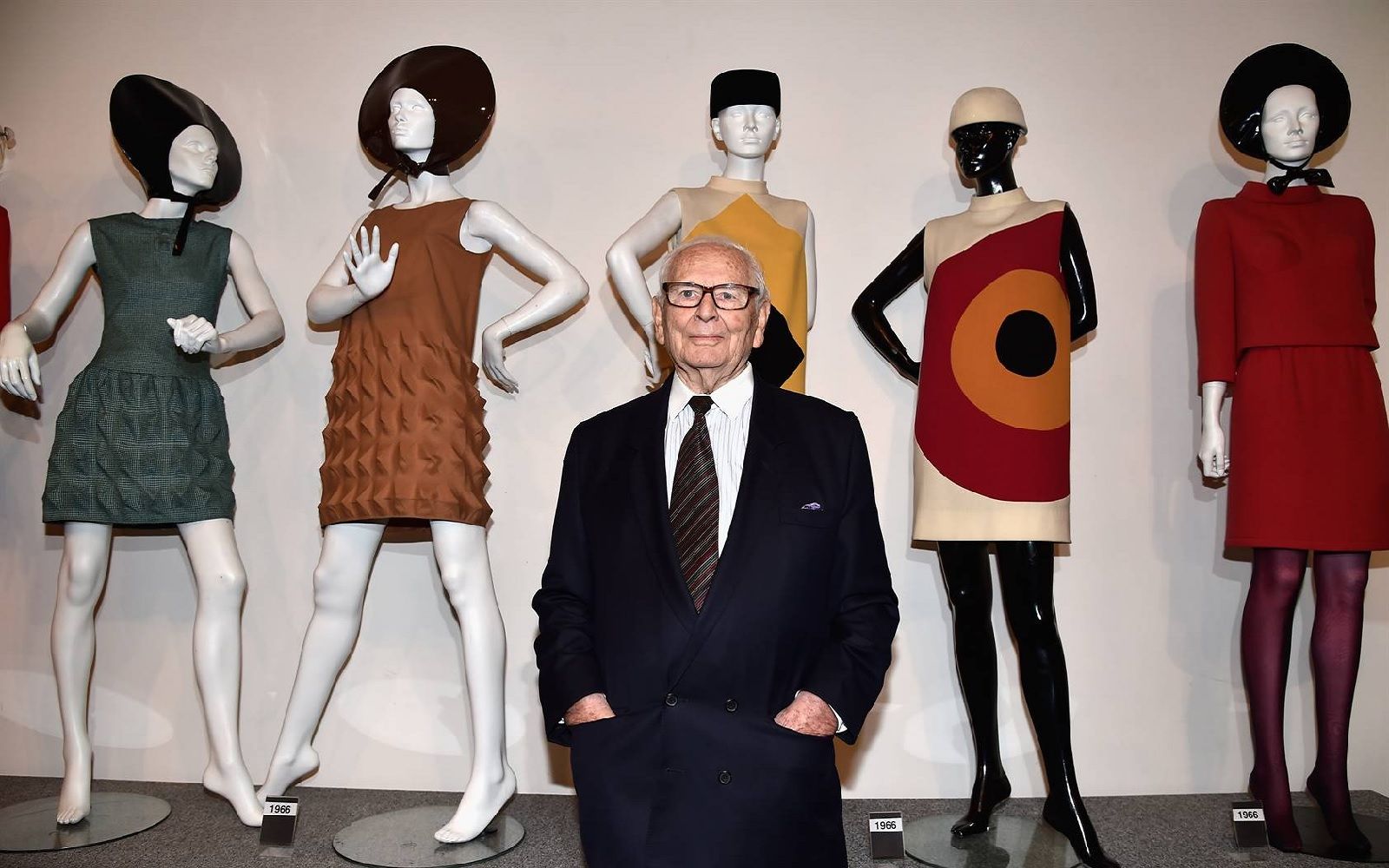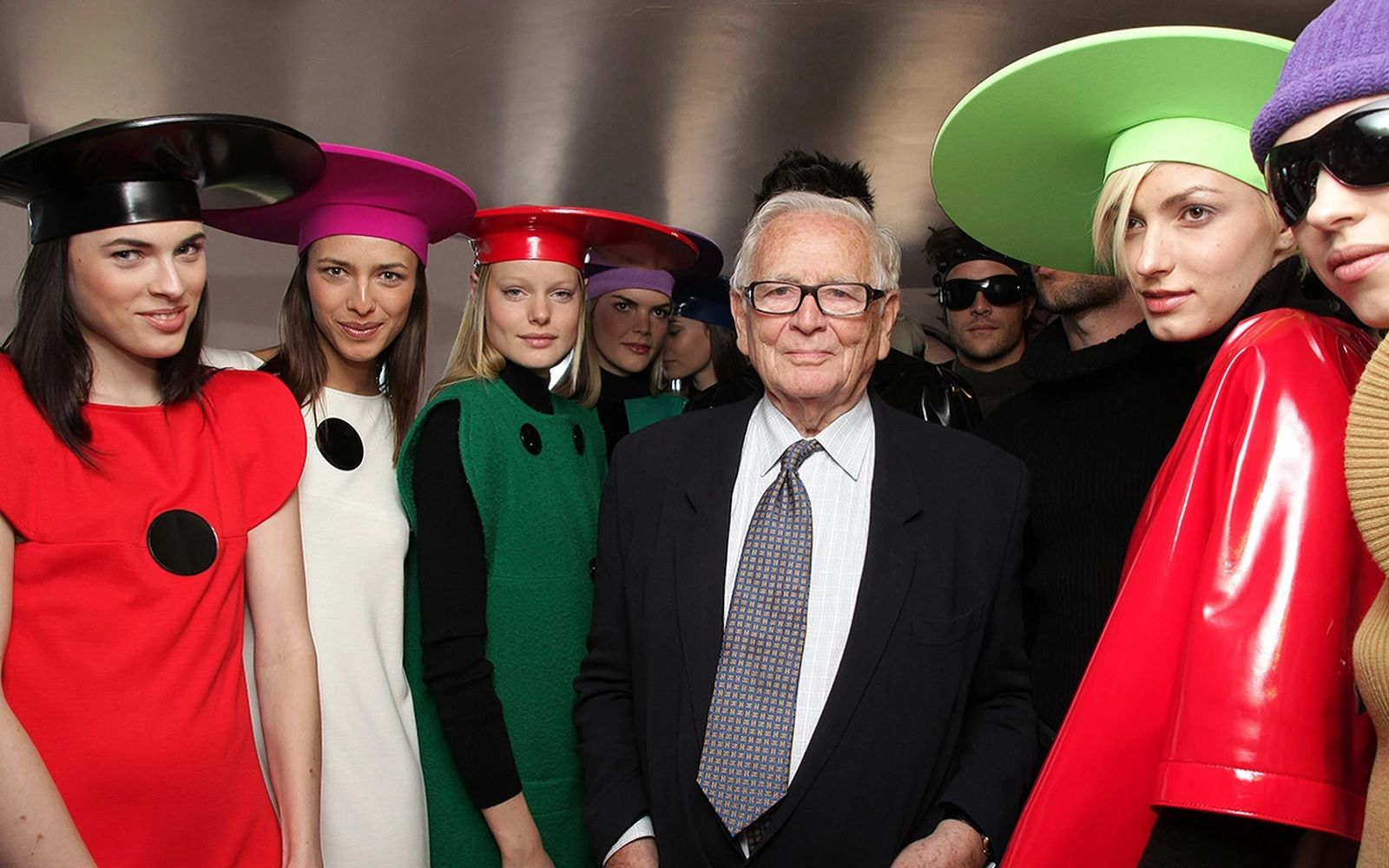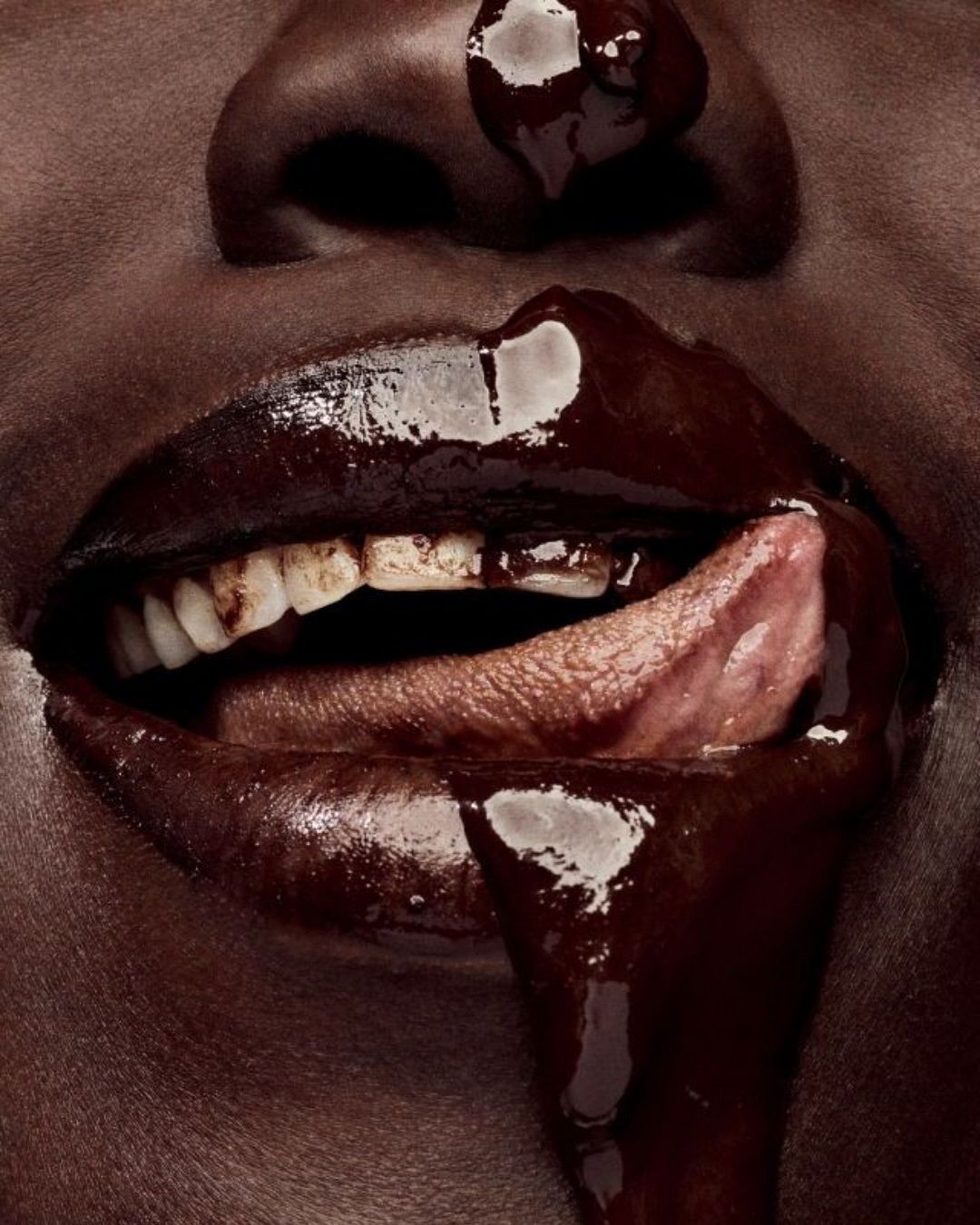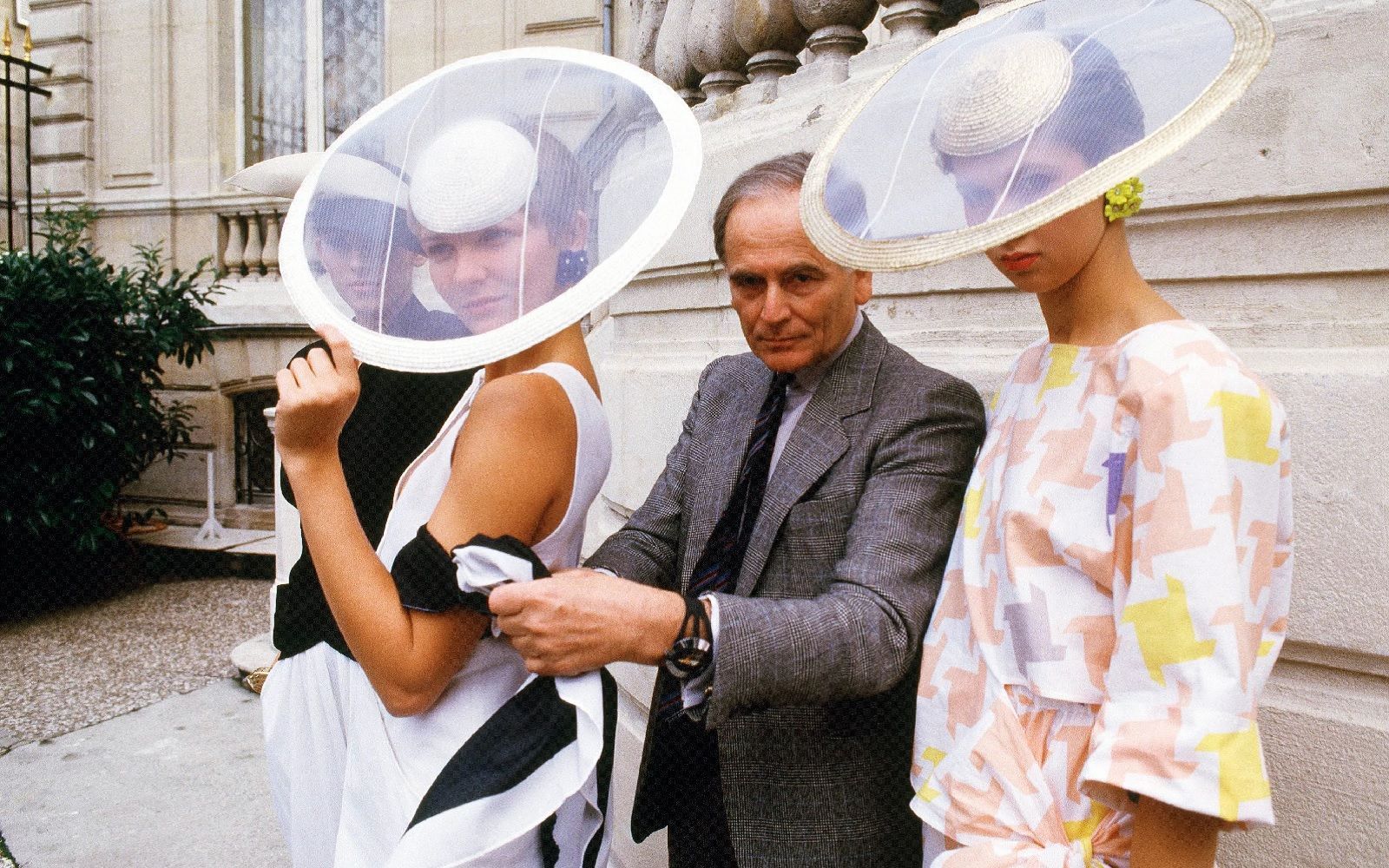
Pierre Cardin, the man who dressed the future 5 things to know about the Italian-born designer who died a few days ago
On December 29, Pierre Cardin died. In his 98 years of life, he revolutionized the fashion world with his unique style, combined with a modern business mind. "I have invented everything" or "I myself am my greatest success" he loved to repeat without false modesty. And he was right. The records of Pietro Costante Cardin, born on July 2, 1922, to a family of wealthy farmers in the province of Treviso, Veneto, but raised in France, are numerous. He learned to sew as a child and in 1944 joined first Maison Paquin, in Paris, where he collaborated on costumes and masks for Cocteau's Beauty and the Beast, and then Elsa Schiaparelli. He worked with the Maison Christian Dior until he founded his own fashion house in 1950, which he made famous by creating beautiful costumes for the most exclusive event of the time, the masked ball organized in Venice by Carlos de Beistegui. From then on, his successes multiplied quickly: he dressed the Beatles, he was among the first to organize a fashion show in Moscow and on the Great Wall in China, but, above all, with his innovative and futuristic style he contributed to the rise of a new fashion.
Here are 5 things you absolutely must know about Pierre Cardin and his career.
He invented ready-to-wear
I believed a lot in mass circulation. It is thanks to ready-to-wear that I exist today. It is not a disgrace to leave the golden salons to go to the streets.
As he himself declared many times, Cardin's greatest intuition, which changed the course of fashion history, was to show in the Parisian department store Printemps a collection of chic but mass-produced clothes, designed to be worn every day. Thus, in 1959, the designer made beauty democratic, elevating the status of prêt-à-porter and low price items. His idea was so revolutionary for the time that Chambre Syndacale de la Couture decided to expel him, although three years later it changed its mind and appointed him its president. The break with the establishment gave Monsieur Pierre the idea to buy the Théâtre des Ambassadeurs, an old nightclub on the Champs-Élysées in Paris, and transform it into L'Espace Cardin, space all his own where he could launch his collections, set up art exhibitions and present cinematographic shows.
He brought the first menswear collection to the catwalk
In 1960 Cardin went on to break the industry by bringing 250 students from Parisian universities to the catwalk wearing Cylindre, the first-ever menswear ready-to-wear collection. The designer immediately won over everyone from the Beatles to the Rolling Stones with his innovative menswear consisting of slim-fit suits, mandarin collars, low-waisted pants, fitted jackets with high armholes and geometric shoulders.
He dressed the future
It's quite abstract, I'm not inspired by the customs or culture of the past, but for example a fireplace, a wheel, a car, a piece of rope, a pillow, a radio device, a stone. Everything becomes a source of inspiration and I try to incorporate a form that does not follow the body. I have a very different practice from all my colleagues: the body is absent, abstract, I don't think about the body. I try to put a material, i.e. a spine, a physique, a body, into a garment, so that it takes the form of the garment. This is my vision, so-called, of clothing.
With these words, said in a lengthy interview with France Culture, Cardin tried to explain the origins of his creative process. His style was the child of an extremely personal vision, inspired by the motifs and colors of Pop Art and Op Art, but, above all, by the Space Age, the era of the race to the moon. He loved unisex pieces, experimentation with lines and materials, geometric shapes, especially circular ones that suggested the idea of his most iconic garment: the Bubble Dress. Did you know that it was also a tribute to the Bubble House, his famous summer residence built in collaboration with the architect Antti Lovag. He was obsessed with the future, with creating the garment that would dress tomorrow and, for this reason, he conceived his clothes as if they were sculptures. He mixed cut-outs and tight-fitting catsuits, tight leather pants and sweaters with bat sleeves, space glasses and geometric hats, miniskirts and PVC dresses. Like Paco Rabanne and André Courrèges, he preferred vinyl and metal to traditional fabrics, to the point of repeating:
I use metal for couture, fabrics for normal people. - And he added - The dress I prefer is the one I imagine in a life that doesn't yet exist, in the world of tomorrow.
He built a heterogeneous empire
I wear my own perfume, go to bed with my own sheets, have my own food products. I live on me. I was born an artist, but I'm a businessman.
That's what Cardin told the Times in 1987, highlighting his versatility. Although fashion was always his favorite form of art, the designer was one of the first to conceive a global brand idea very similar to the contemporary one. Since the 1950s, in fact, he had set up his company as a heterogeneous empire, diversifying and crossing the borders of Europe. In 1957, he became the first to establish business relations with Japan, where two years later he opened an haute couture store; in 1978, he paraded in China, on the Great Wall, continuing the conquest of the Asian market; in 1983, he established himself in the Soviet Union. Despite the criticism that accused him of overselling the brand, he expanded the range of his products to put his name and logo Cardin on lighters, mineral water, umbrellas, game sets, belts, frying pans, cigarettes, chocolates, ties, pickles, cans of sardines, perfumes, furniture, cars, ... It seems that in the mid-80s, Monsieur Pierre had 500 stores in France alone and about 800 licensees in more than 140 countries on five continents. In 1981, he also entered the restaurant business, well ahead of the fashion-food trend, and became one of the shareholders of Maxim's, the famous French restaurant.
He loved house shopping
Not many people know that one of Cardin's hobbies was buying real estate. His most famous property was undoubtedly Palais des Bulles, the house a few kilometers from Cannes, famous for the spherical shapes that cover the entire structure: from the main building to the swimming pool, where Simon Porte Jacquemus recently spent the summer. Less pop, but equally spectacular are the ruins of a castle in Lacoste, once inhabited by the Marquis de Sade, and the Ca' Bragadin palace in Venice, where Cardin used to stay whenever he visited the city.



















































